|
Article by Dr. Clara Small Orrensy William Hull (1919 - 2013) Orrensy William Hull, Jr., also called “William,” was born November 2, 1919 to the late Lottie Conway Hull and Orrensy William Hull, Sr., in Wetipquin, on the Eastern Shore of Maryland. The oldest son and the second-born of nine children, Orrensy grew up on his parent’s farm and spent much of his time growing and trucking produce to markets in the Baltimore and Washington, D.C. areas. William’s early education was in a three-room school building in Nanticoke, Maryland, where he finished second in his class from Nanticoke High School. Upon graduation from high school, William matriculated to Lincoln University, in Lincoln University, Pennsylvania, the school he later credited as helping “to make him the man that he became.” At Lincoln University, he served as manager of the track team, and also pledged Phi Beta Sigma, a service fraternity in which his membership spanned over 75 years. He earned a Bachelor of Arts in Physics with a minor in Chemistry from Lincoln. He later obtained a Master of Arts degree in Secondary Education from the University of Pennsylvania. William Hull also received a Master of Science degree in Physics and an Electrical Engineering Equivalency degree from the Stevens Institute of Technology and a Ph.D. equivalency in Physics from the University of Pennsylvania. His career goals and thirst for knowledge were interrupted when he was drafted and served in the United States Army during World War II. He served as a Signal Supply Officer, while stationed overseas in Italy. Classified as a Tech 4 (Technician 4), he received an Army Commendation for his work with the 92nd Infantry Division, and he was honorably discharged in 1946. Upon the completion of his military obligations and discharge from service, William began his career as a lifelong educator. From 1946 to 1962, William served as a teacher and Vice Principal at Salisbury High School. He was appointed by Governor Spiro Agnew to the Wicomico County Board of Education and served from 1966 to 1971. He also became the first African American who served in that position in Wicomico County. Upon the resignation of another board member, Orrensy became Vice President of the Board. At the time of his appointment in 1967, the Board of Education consisted of one African American, one woman and three Democrats and three Republicans. Salisbury High School Exterior Linda Duyer African-American History Collection (2012.021) Nabb Research Center Mr. Hull was an advocate for better schools, equality education, and training for all children, and, as such, served on numerous committees. One of those committees was the Vocational Advisory Council which was established to analyze the Wicomico County’s vocational program, to examine its strengths and weaknesses, and to advise the board. He also noted that there were few African Americans on the council and suggested that there should be others. After the completion of his term on the board on June 30, 1970, the Board of Education on July 14, 1971, commended Mr. Hull for his service, but he was not reappointed to another term. After twenty-one years of service in secondary education, William Hull turned his passion for educating others to higher education. He spent over 21 years of service from 1960 -1982 as a professor at the University of Maryland Eastern Shore (UMES). He was also a faculty member at Salisbury State College, now Salisbury University, from 1968-1970, and was the first African American professor to teach at the college. In 1975, as an Associate Professor of Physics, he received awards for distinguished service to the University (UMES), including the title he loved, “Most Helpful Teacher,” which was based on votes from students and staff. He was also recognized for his teaching ability by then President Dr. William P. Hytche. During his tenure at Old Maryland State (UMES), Mr. Hull also served as the Advisor to the Cooperative Education Program. He taught several generations of families and was frequently invited to attend class reunions of his former students. Upon his retirement on May 16, 1982, he was awarded the title of Associate Professor Emeritus by the University of Maryland Board of Regents. Mr. Hull was a strong supporter of UMES’ efforts to raise funds for program development and scholarships important to the perpetuation of academic excellence. After retirement from UMES, he continued to serve on the university’s fundraising campaigns. Postcard of Maryland State College's "Dormitory for Women" University of Maryland Eastern Shore c. mid-1950s Trigg Hall, Maryland State College Post Card c.1940s-1960s HipPostcard Mr. Hull was also very much involved in the civic activities of the local community. Some of those activities included the following:
Mr. Hull was committed to education, his family, and his community. He was very aware of racism and discrimination on Delmarva, and he was determined to find ways to lessen the sting. He found ways to help create opportunities for African Americans to receive a good education and he actively advocated for underserved residents of the community and made the entire community better for everyone. An example of his beliefs began in the 1940’s, when he began selling cars part-time with Oliphant Chevrolet to help put automobile purchases within reach for area African American families. His affiliation with the local Chevrolet dealer, as an esteemed consultant and salesman, continued for many years as a member of the Courtesy Chevrolet family of dealerships. Oliphant Chevrolet Advertisement The Daily Times, 1968 Newspapers.com Mr. Hull was also very active in a couple of service organizations for which he was exceptionally proud. He was a member of Phi Beta Sigma Fraternity and in January of 2013, he was honored with the Living Legacy Award for 75 years of service to his fraternity. He was a charter member and founder of the local Delta Gamma Sigma Chapter, in which he held many positions and mentored many of its younger members. A second fraternity in which he was also a founder and charter member was Gamma Theta Chapter of the Sigma Pi Phi Fraternity, Inc., which is the oldest Greek organization among African Americans. Due to his leadership, service, and scholarship, the fraternity established in his honor the O. William Hull Boule Scholarship Program, a scholarship and mentoring program for young men on Delmarva.
Mr. Hull’s passion for teaching and learning carried over into his leisure time and retirement years. He learned to swim at the age of 65, golf at the age of 75, and he was well aware of local and world affairs throughout his lifetime. His hobbies included gardening (the fruits of his labor which he shared with family and friends), photography, golfing, and vacationing with his family throughout the United States, Canada, Mexico, France, Italy and Monaco. Mr. Orrensy William Hull, Jr., was a highly respected, very active member of the community and his church, Wesley Temple United Methodist Church in Salisbury, Maryland, in which he served on numerous committees, until his health declined. He passed into eternal rest on November 26, 2013 and his celebration of life services were held at Wesley Temple on December 7, 2013. His interment was at the Eastern Shore Veteran’s Cemetery, Hurlock, Maryland. Mr. Hull is remembered as a lifelong learner who never lost his thirst for knowledge, and he encouraged others to do the same. One of the lasting examples of his legacy is the Wicomico Nursing Home on Booth Street, which showed his concern for others, especially for the African American community. His hope for the betterment of the entire community and commitment to others was possibly the force which compelled him to strive for excellence and encouraged others to do the same.
0 Comments
Article by Andre Nieto Jaime Donzelle and Melvin Hutt in an issue of The Baltimore Afro-American The Baltimore Afro-American 1957 Salisbury’s Mainlake Building, first built in 1930, has housed several businesses over the 94 years it has been standing at the corner of West Main and Lake streets. This building sat at the heart of what was once a bustling Black business district containing theaters, clubs, restaurants, service stations, and more. While there was some crossing of the color line, this was for the most part, a Black entertainment district. Nearly 70 years ago, the Franklin Hotel was part of that thriving community. Originally opened in 1955 by Melvin Clifton Hutt, a born and raised Salisbury local, the Franklin Hotel contributed to this robust district in Wester Salisbury and represented a step towards integration by opening with the intention of serving all people regardless of color in an era where segregation was the norm. Mainlake Building University of Virginia Mainlake Building in the 1980s Office of Publication Photographs SUA-031 c. 1982-1983 Melvin C. Hutt (1921 – 1986) was the eldest son of Harrison and Ella Hutt. Melvin Hutt, judging from census records and newspapers, spent most of his life in Salisbury, living within the city in both the 1930 census as well as the 1950 census. However, he appears to be absent from the 1940 census along with his father. However, his mother and his siblings are recorded in the 1940 census in Fruitland living with Ella Hutt’s 60-year-old parents Ross and Ida Harmon. Melvin’s draft registration and military records provide some insight into his young adult life. Hutt registered for the military draft in February of 1942 and his registration lists him as living on Route 4 in Salisbury, the same address he lists for Ella Hutt. The same document also reveals that he is working for Maurice Sadick, a Polish immigrant who owned and operated Eastern Shore News in Salisbury. A month later, Hutt’s name was drawn in a draft lottery. His enlistment record confirms that he was a newsboy and shows his education level as “grammar school” and that his service was to last the duration of the war, plus six months afterward. Melvin Clifton Hutt's Military Draft Card FamilySearch 1942 When Melvin Hutt returned from his service, he married Addie Donzelle Fant (1921 – 1970) from South Carolina in 1946. At the time of his marriage, Hutt had been living on 510 East Church Street, but a few years later in 1951, Hutt purchased a home on 219 East Church Street for $8,000. Addie, usually referred to as Donzelle, came to live in Salisbury with Hutt and became a teacher in Somerset and then Wicomico County. Having a background in education after attending Temple University and Bowie State Teachers College, she began a teaching career in Wicomico County. Donzelle spent a considerable amount of time tending to special education needs in the county and helped special education children secure job training for full-time employment after graduation. After teaching for twelve years, Donzelle was assigned to be the assistant supervisor of special education at the State Board of Education. A year after Hutt’s marriage to Donzelle, he opened the Veterans Service Station alongside David G. Jones on Lake and Gordon Street. Hutt and Jones extensively advertised their service station in newspapers such as The Salisbury Times and while some troubles did arise, such as a break in in 1952, the station seemed to be a successful business in the district. At some point, Hutt appears to have stated his own service station, as noted by an advertisement for a Texaco Station operated by Hutt on Main and Fitzwater Street in 1954. Hutt’s Texaco likewise appeared in several newspaper ads, including one in 1960 promoting the free Texaco Fire Chief Hats for children. Hutt’s service station was involved with the surrounding community and participated in a series of talks on community helpers with Salisbury Elementary School in 1958. Besides his service station, Melvin Hutt is also remembered for opening the Franklin Hotel, an important step towards integration in Salisbury. The hotel, named after Donzelle’s father Benjamin Franklin Fant, was opened on June 12th, 1955 in the Mainlake Building when the Black business and entertainment district was reaching its climax. Boasting 23 rooms equipped with modern amenities such as air conditioning, TVs, radios, telephones, tiled floors, carpeted halls, and 24 hour service, Hutt took great pride in the Franklin Hotel and saw it as a symbol of integration, stating that “we worked together, lived together, played together, men who were black, brown, yellow, and white, and we soon found there need be no trouble if you make up your mind about it.” While it is often referred to as a “hotel for negroes” or a hotel catering specifically towards Black patrons, Hutt makes it apparent that it was a hotel for everyone. Others also looked towards the Franklin Hotel with hopeful eyes. A 1957 article from The Baltimore Afro-American by Elizabeth Oliver begins by recalling the lynching of Matthew Williams in the courthouse lawn only 26 years earlier, but then transitions to the present, stating that “Today, it’s a different story” where there is now peace and intermingling between races in Salisbury. Oliver uses the Franklin Hotel as proof that times have changed and suggests that the opening of this hotel is a stride towards integrating society. Additionally, the Franklin Hotel appeared in the The Negro Travelers' Green Book, a guidebook listing locations nationwide that served African Americans, from 1956 to 1964 as a safe place for Black travelers to seek lodging. Franklin Hotel Listed in the 1956 Green Book The New York Public Library Digital Collections 1956 Hutt continued to operate the Franklin Hotel through the late 1950s and early 1960s, with some incidents like a small fire in the boiler room, a federal narcotics investigation, rowdy patrons, and declining business in the district posing challenges. Despite these hiccups, Hutt continued to operate the hotel, even opening the Franklin Hotel Beverage Store selling an assortment of alcohol in 1966. That same year, Hutt married Florine Victoria Hall at the Mt. Zion Methodist Church in Laurel, Maryland, seemingly having parted ways with Donzelle. A few years later, Melvin Hutt began operating the Miami Hotel in North Salisbury. In 1969, a notice in The Daily Times informed readers of Hutt’s application for a permit to operate the Miami Motel on 1804 North Salisbury Boulevard. This move was likely prompted by the decline of the business district owing to several factors, one of which was the construction and opening of the Salisbury Mall in October of 1968 and police harassment of residents. Hutt operated the Miami Motel until he passed from an apparent heart attack on Christmas day, 1986 while at Peninsula General Hospital. Miami Motel - Salisbury, Maryland The Cardboard America Motel Archive Salisbury MD Miami Motel Antiques Shop US Maryland Vintage Postcard Melvin C. Hutt Funeral Service The Daily Times December 28, 1986 While Melvin Hutt is remembered for his business endeavors such as his Texaco station and the Miami Motel, the Franklin Hotel was his most influential. It was one of the few locations, if not only locations, that provided boarding to Salisbury visitors without regard to race prior to the passage of the Civil Rights Act of 1964. The hotel was so memorable that the City of Salisbury made efforts to preserve the building as the last vestige of a once flourishing Black business district. When Hutt moved on to his next venture, the Miami Motel, Larmar Corp. sold the building to Earl Church in 1972. After Church’s death in 1985 the city bought the property from Church’s widow, Gladys, to have greater control over redevelopment of the area before deciding to sell the property. However, before putting the Mainlake Building back on the market, Salisbury imposed restrictions to preserve the building for generations to come. A building once constructed to house white only businesses was turned into a space open to all people regardless of their color by Melvin Clifton Hutt. It is this dream that this building has been remembered by. References:
Primary Sources: “Director.” The Salisbury Times, June 10, 1954. “Florine Victoria Hutt, Melvin C. Hutt Are Wed.” The Daily Times, August 24, 1966. “Guns Stolen in Bureau’s Store: Loss Estimated at $300 by Manager.” The Salisbury Times, March 28th 1952. “Hotel Franklin Opens In Md. on Mixed Basis.” The Pittsburgh Courier / The Baltimore Afro-American, 1955. “Jury Awards $20,000 for Road Property.” The Salisbury Times, January 21, 1959. “Narcotics.” The Salisbury Times, October 1, 1960. “New! Just Open Franklin Hotel Beverage Store.” The Daily Times, July 14, 1966. “Notice.” The Daily Times, June 1st, 1969. “Make the Youngsters Happy with the New Texaco Fire-Chief Hat.” The Salisbury Times, August 5th 1960. "Maryland, World War II Draft Registration Cards, 1940-1945", , FamilySearch (https://www.familysearch.org/ark:/61903/1:1:Q29H-JXNP : Thu Mar 07 14:28:34 UTC 2024), Entry for Melvin Clifton Hutt and Ella Hutt, 1942. "Melvin C. Hutt." The Daily Times, December 28, 1986. Oliver, Elizabeth. “There’s A Small Hotel.” Afro-American, August 10, 1957. Pirnazar, Zhila. “Donzelle & Melvin Hutt.” Archive for Racial & Cultural Healing Exhibit. Charles H. Chipman Cultural Center. June 18, 2023. https://www.chipmancenter.org/residents/donzelle-and-melvin-hutt “Policemen Help Put Out Fire Here.” The Salisbury Times, March 1, 1957. “$75,000 Hotel for Negroes to Open Here.” The Salisbury Times, June 11, 1955. “School Group Hears Service Station Man.” The Salisbury Times, March 31, 1958. “Teacher Here Given State School Post.” The Daily Times, July 14, 1967. “These Advertisers Wish You & Yours A Very Merry Christmas.” The Salisbury Times, December 24th, 1954. "United States Census, 1930", , FamilySearch (https://www.familysearch.org/ark:/61903/1:1:X3H3-XP2 : Sat Mar 09 09:07:41 UTC 2024), Entry for Harrison Hutt and Ella Hutt, 1930. "United States Census, 1940", , FamilySearch (https://www.familysearch.org/ark:/61903/1:1:K7FY-32K : Sat Mar 09 00:46:50 UTC 2024), Entry for Ross Harmon and Ida Harmon, 1940. "United States Census, 1950", , FamilySearch (https://www.familysearch.org/ark:/61903/1:1:6F96-ZHLQ : Tue Oct 03 09:34:19 UTC 2023), Entry for Melvin C Hutt and Donzelle F Hutt, 19 April 1950. "United States World War II Army Enlistment Records, 1938-1946," database, FamilySearch (https://familysearch.org/ark:/61903/1:1:K8TM-JZ5 : 5 December 2014), Melvin C Hutt, enlisted 20 Jun 1942, Baltimore, Maryland, United States; citing "Electronic Army Serial Number Merged File, ca. 1938-1946," database, The National Archives: Access to Archival Databases (AAD) (http://aad.archives.gov : National Archives and Records Administration, 2002); NARA NAID 1263923, National Archives at College Park, Maryland. "Washington, Naturalization Records, 1850-1994", , FamilySearch (https://www.familysearch.org/ark:/61903/1:1:QGPL-Q8LK : Mon Apr 29 18:56:33 UTC 2024), Entry for Moisha Or Maurice Sadick and Cecile, 1935. “Wicomico Names Drawn in Draft Lottery.” The Salisbury Times, March 19, 1942. “Youth Arrested on Disorderly Charge.” The Daily Times, September 8, 1967. Secondary: “Franklin Hotel,” The Architecture of The Negro Travelers' Green Book, University of Virginia, accessed June 3, 2024. https://community.village.virginia.edu/greenbooks/content/franklin-hotel Ian Post on behalf of Edward H. Nabb Research Center for Delmarva History and Culture. "The Entertainment District." Clio: Your Guide to History. January 24, 2022. Accessed June 10, 2024. https://theclio.com/entry/142091 Article by Dr. Clara Small Newell E. Quinton (1944 - ) Newell Emerson Quinton was born in 1944 to Mary Louise Stanley Quinton and George Bernard Quinton in San Domingo, Maryland. San Domingo, located between Mardela Springs and Sharptown, Maryland, is a rural, isolated, small community situated in northeastern Wicomico County. San Domingo was created by free African Americans in the early 19th century and Newell is a 5th generation descendant of the earliest settlers. Map of Sharptown from the 1877 Atlas of Somerset, Wicomico and Worcester Counties San Domingo can be seen south of Sharptown 1877 Atlas of Somerset, Wicomico, and Worcester Counties Internet Archive Newell Quinton, also known as “Sky,” grew up in this rural, segregated, tight-knit community and attended a two-story school known as the Sharptown Colored Elementary School. His boyhood memories were of farm chores, school and softball games and Methodist revivals. Those childhood memories also included neighbors working together to prepare the fields for the cultivation of crops for spring planting. In the fall near Thanksgiving, families gathered together for the task of slaughtering hogs and the preservation of hams, scrapple, sausage and the remainder of the meat for the winter. Those rituals were a way of life for the Quinton family and their neighbors for more than 200 years. As a child, Newell attended the segregated Sharptown Colored Elementary School that had the traditional pot belly stove which provided uneven heat, the outside pump that provided cool water, and the outside toilets as rest rooms. His books were often outdated, tattered and torn, hand-me-downs from the students in the white schools. His memories also included chores that had to be completed prior to leaving home for school. School was not an option because his parents emphasized the importance of education. Upon graduation from Sharptown, Newell attended high school at Salisbury High School in Salisbury, Maryland, and graduated in 1962. After graduation, Newell attended Morgan State College (MSC), now Morgan State University, in Baltimore, Maryland. Salisbury High School Photo from the Baker Family papers (2012.200) Salisbury University Nabb Research Center Even though Newell and the group did not know of Rosenwald’s connect-ion to the school, Newell did know “that his grandpa and his neighbors’ grandpa-rents had built it.” Newell also found that the San Domingo community had also contributed $800 for the building of the school. Newell was also joined in the res-toration project by his wife, Tanja R. Henson-Quinton. Rudolph Stanley also pho-tographed and filmed the progress of the restoration project for posterity. That core group believed that the rural area and farming culture of San Domingo had taught them discipline, and their fight for an education taught them to value it. They also believed that the restoration and preservation of Sharptown Colored Elementary School was their effort to pass those same ideals on to the next generation and to save their history because they also believed that it was their responsibility to continue the legacy of their ancestors. Their focus on the school’s restoration was exceptionally important to them because it was their belief that their education at the school had instilled in them the idea that in order to get something one had to work for it and put time and labor into it to earn it. With Newell at the helm, the group began to study the history of the com-munity, which proved to be an arduous task because most elders of the commun-ity had died and others had no memory of the past. They turned their complete focus on the Sharptown Colored Elementary School because their families trea-sured the opportunity for their children to obtain an education, even though it was segregated, and, therefore, taught their children that if they got an educa-tion, no one could take it from them. In 2002, the group learned that the Nation-al Trust for Historical Preservation had named Rosenwald Schools to its list of most endangered places. With that knowledge and other information they had gathered, in 2004, Newell Quinton and the group officially began efforts to renovate the school to its original state. After numerous grant applications, the school was restored with about $200,000 in grants from the National Historic Trust, the Maryland Historic Trust, the Community Foundation of the Eastern Shore, and local donations. Preservation Maryland also provided $5,000 for school roof repair. The project reached fruition and on August 23, 2014 the school was dedicated as the San Domingo Community and Cultural Center In 1966, Newell graduated from Morgan with a Bachelor’s Degree in Mathematics, and he was commissioned as a Second Lieutenant, and began his military service in the United States Army. He was trained as a Signal Officer and worked with computers and communications. He completed a twelve-month tour in Vietnam (September 1967 to September 1968), and received a Bronze Star for meritorious achievement. After Vietnam, Newell served as the Post Signal Officer at Fort Drum, New York, and served as a Research Analyst at Aberdeen Proving Grounds, in Aberdeen, Maryland. After nearly five years on active duty with the United States Army, he continued to serve as a member of the United States Army Reserves in various capacities for a total of 28 years of service. After five years of active duty with the Army, Newell returned to graduate school at Morgan State College (MSC) and earned a Masters of Business Administration (MBA) in 1978, with a concentration in Management. In 1971, he began his career with the Federal government as a Research Analyst at Aberdeen Proving Grounds. In 1974, he transferred to the National Institutes of Health where he worked as a Management Analyst and later as an Administrative Officer with the Department of Research Services. He later transferred to the Office of Administration, Executive Office of the President, where he was Chief of the Administrative Services Division, until 1982 when he transferred to the Department of Veterans Affairs (VA). In 1982, Mr. Quinton began his career as Assistant Director of the Veterans Benefits Administration (VBA) Administrative Services Staff. He was named Ad-ministrative Officer in 1985 and in 1987 became special assistant to the Deputy Chief Benefits Director for Automated Data Processing (ADP) Systems Management. He returned to the Administrative Services Staff as Director and served in that capacity from 1988 to 1989. From November of 1989 to September of 1994, he served as Director of the Baltimore Regional Office, where his concern was the overall efficiency of the programs that were formulated at headquarters and how effectively those programs served the needs of the veterans. That task involved the management of a $53 million budget and the delivery of direct services to veterans. In 1992, Newell Quinton was promoted into the Senior Executive Service, and he returned to the Veterans Affairs (VA) headquarters as Director of the Veterans Assistance Service. In 1995, Newell Quinton was named Chief Information Officer (CIO) of the Veterans Benefits Administration (VBA). There he managed a budget of approximately $120 million with a host of responsibilities, including the maintenance of the VBA information network and the telecommunications program, which provided toll free telephone service as the primary access for the nation’s veteran community. In June of 1999, he returned to the position of Director of the Baltimore Regional Office, and was responsible for the administration and delivery of veteran benefits and service for veterans and their beneficiaries who resided in Baltimore City and 21 of the 23 counties in the State of Maryland. In August of 2002, Mr. Newell Quinton retired from the Department of Veterans and returned to San Domingo and his roots on the Eastern Shore. Newell Quinton had a stellar career in the military and received numerous awards and honors. He received an award for having served as a member of the Senior Executive Service with the Department of Veterans Affairs from 1992 to 2002; in August of 2002, he received the Distinguished Career Award from the Department of Veterans Affairs; in 1996, he received the Service Award for 30 years of Service to the United States Government from the Department of Veterans Affairs; and in 1968, he was the recipient of the Bronze Star Medal. Upon his return to San Domingo, Newell built a home on land once owned by his great-grandparents. He was soon involved with a new project and profession- a preservationist. He found that there were very few reminders/memories of the local church, the Sharptown Colored Elementary School, and the tight-knit community that had sustained him in his youth and had encouraged him to succeed. Upon that realization, he enlisted the aid of his cousin, Rudolph Stanley, who taught mathematics in Salisbury, and others. They began to interview elders in the community, collect oral histories, and established a mission to preserve and protect the memories of San Domingo’s past. They also developed a plan to renovate the Sharptown Colored Elementary School where Newell obtained his early education. From their research, Newell and the core group of volunteers who joined him in the venture to renovate the school, found that the school had been built in 1919. They also discovered to their surprise that the school had been a Rosenwald School, which had been built as a partnership between Julius Rosenwald, a rich Jewish businessman and president of Sears, Roebuck and Company. Rosenwald had partnered with Booker T. Washington, the first principal and leader of Tuskegee Institute, Tuskegee, Alabama, and together they had created a program that helped to build over 5,300 schools, teachers’ quarters and other educational facilities for African Americans across 15 southern states. Even though Newell and the group did not know of Rosenwald’s connection to the school, Newell did know “that his grandpa and his neighbors’ grandparents had built it.” Newell also found that the San Domingo community had also contributed $800 for the building of the school. Newell was also joined in the restoration project by his wife, Tanja R. Henson-Quinton. Rudolph Stanley also photographed and filmed the progress of the restoration project for posterity. That core group believed that the rural area and farming culture of San Domingo had taught them discipline, and their fight for an education taught them to value it. They also believed that the restoration and preservation of Sharptown Colored Elementary School was their effort to pass those same ideals on to the next generation and to save their history because they also believed that it was their responsibility to continue the legacy of their ancestors. Their focus on the school’s restoration was exceptionally important to them because it was their belief that their education at the school had instilled in them the idea that in order to get something one had to work for it and put time and labor into it to earn it. WI-676 San Domingo School Northeast Elevation Paul Touart Photograph WI-676 Architectural Survey MD Historical Trust San Domingo School, Front Preservation Maryland 2005 WI-676 Second Floor Hall Paul Touart Photograph WI-676 Architectural Survey MD Historical Trust With Newell at the helm, the group began to study the history of the community, which proved to be an arduous task because most elders of the community had died and others had no memory of the past. They turned their complete focus on the Sharptown Colored Elementary School because their families treasured the opportunity for their children to obtain an education, even though it was segregated, and, therefore, taught their children that if they got an education, no one could take it from them. In 2002, the group learned that the National Trust for Historical Preservation had named Rosenwald Schools to its list of most endangered places. With that knowledge and other information they had gathered, in 2004, Newell Quinton and the group officially began efforts to renovate the school to its original state. After numerous grant applications, the school was restored with about $200,000 in grants from the National Historic Trust, the Maryland Historic Trust, the Community Foundation of the Eastern Shore, and local donations. Preservation Maryland also provided $5,000 for school roof repair. The project reached fruition and on August 23, 2014 the school was dedicated as the San Domingo Community and Cultural Center. Numerous volunteers also gave of their time, energy and effort to help restore the school. In the process, in 1998, the Quinton siblings established the John Quinton Foundation, Inc., a non-profit organization named after their great-grandfather for the purpose of providing educational support to youth through the granting of educational scholarships, awards and tutorials to some college-bound students from San Domingo and the surrounding areas, and the gathering of oral traditions. San Domingo School Photograph by Jimmy Emerson, DVM May 11, 2016 The school has become a beacon to the community and is a testament to the hard work of Newell Quinton and the other supporters who worked on the project. The second floor of the school serves as a community meeting place and entertainment venue and is also a home to a small Masonic Lodge. The renovation is complete, but Newell Quinton is still very active in preserving other vestiges of the community because he believes that it is his responsibility to continue the legacy of his ancestors. As such, each fall near Thanksgiving, Newell, Rudolph Stanley and others gather for the daylong ritual of slaughtering hogs and the preparation of everything from the salting of hams to the making of scrapple, and sausage for the winter. The processing of the meat is a time-worn memory of years prior to integration, refrigerators and the purchasing of meat from supermarkets, or other food chains. The slaughtering of hogs and other animals as well as the raising of chickens, goats, etc., are also taught by Newell to youngsters and other interested persons in order to pass on to them the values of a community that believed in self-help, independence as well as support and cooperation with one’s neighbors, and “it takes a village to raise a child.” Newell Quinton’s goal is to preserve those memories and the culture of San Domingo, as well as the values he was taught in his youth and helped to sustain him throughout life. In order to spread the word about those values and the slaughtering of animals, he has spoken at the Ward Museum in Salisbury and various other venues. Mr. Newell Quinton is very well-known for his military career, but locally, he is also known for his outstanding community service and his desire to preserve survival skills and pride in self that were learned from his ancestors. As such, he believed that he must pass those ideals and values onto the next generation or the culture would be lost forever. For his work in the local community, he was the recipient of the Reverend Dr. Martin Luther King, Jr. Achievement Award from the Tri-County Organizations’ Coalition, Inc., in 2012. Mr. Newell Quinton is still very active in the community. He presently operates Gran’ Sarah’s Hill, a 40-acre farm with 50 goats. The farm is named after his great-grandmother Sarah, the granddaughter of the community founder James Brown. He cares for the farm because it is a labor of love. He also continues to raise and care for hogs so that he can demonstrate the manner in which his ancestors provided for their families during the winter months--survival. As Newell and others continue the ritual of slaughtering animals and teaching others, they offer the food to friends and neighbors who decide to stop by. No portion of the animal is wasted. It is that care of the animals and the land that is so near and dear to him, and that motivates him to continue to follow a way of life that help-ed the San Domingo community to survive for all of those years. As a testament to his hard work in the preservation of the culture of the community, but specifically for the renovation of the school, in 2023 the San Domingo School was selected and honored as one of two examples of Rosenwald Schools throughout the State of Maryland. Newell Emerson Quinton is truly a preserver of culture. Newell Quinton Making Scrapple
From Savoring Scrapple, Saving San Domingo Tom Horton c. 2020 Article by Andre Nieto Jaime Aerial, Parsonsburg, Maryland Walter Thurston Photograph Collection (2016.096) Nabb Research Center The small towns of Eastern Wicomico County, such as Willards and Pittsville, share much in common. They all emit a quaint, old small-town vibe and are surrounded by acres of fields that reflect the importance of agriculture in Eastern Shore culture. The history of this area also shares much in common. For instance, the introduction of the railroad in the late 19th century gave these towns promoted development by giving a boost to agricultural exports, such as strawberries. The railroad also opened the door for factories and lumber mills to thrive. However, another detail in the history of these towns that is often omitted: Black life. African Americans lived similar work lives as their white neighbors, with many being farmers themselves. Domestic services were also provided by African Americans, with many Black women serving as washer women and servants in white households. African Americans also provided labor for the emerging industries in the area, becoming factory and mill workers. Black workers contributed to the emergence of small towns in Wicomico County by working in several key areas, especially agriculture, and these contributions deserve to be highlighted in the history of the area. After the abolition of slavery, newly freed men and women were not given much to start off from. Most would have lacked an education due to restrictions placed on educating the enslaved. They also lacked generational wealth, thus having no safety net or pre-existing funds to ease their economic struggles. Racial barriers imposed by emerging Jim Crow restrictions also made employment difficult for Black Americans. The only experiences that most formerly enslaved had were farming and domestic work. Thus, following the Civil War, African American occupations tended to fall into these two fields until greater amounts of Black Americans received higher education and training in skilled labor. This is reflected by the lives of African Americans in rural Wicomico County, with most being farmers or some type of domestic worker. Farming has been a way of life on the Delmarva Peninsula for centuries, even prior to European settlement. In the late 19th and early 20th centuries agriculture remained important, with many Eastern Shore inhabitants continuing to live and work on farms. Even after the Civil War, African Americans provided much of the labor for these farms as either farm hands or working their own farms. According to a publication by the U.S. Department of Commerce from 1935, there were 21,782 Black workers in Maryland listed under the category of agriculture for their occupation. 20,956 of these workers were classified as males, making it the dominant occupation for Black male workers. Examining census data from Wicomico County reflects a similar story, with farmer or farm laborer appearing as the dominant occupation for Black males. Nathaniel Trader from Glass Hill was just one of the many Black farmers on the Shore. He first appears in the 1870 Census in the Pittsburg Election District at 17 years old living with his parents Solomon and Elizabeth Trader, both also from Glass Hill. Here, Nathaniel is listed as working on a farm, presumably his father’s farm since Solomon is listed as a farmer. It is not made apparent whether this farm is owned or rented, the label farmer (as opposed to works on farm, farm hand, or farm laborer) suggests that Solomon does not farm for a wage and instead farms to produce crops for sale, to pay rent (i.e. share cropping or tenant farming), or for subsistence. Moving forward ten years to the 1880 Census in the Parsons Election District, Nathaniel was noted as being 26. He was now also living with his wife Harriet as well as his children Elijah and Ida. Additionally, Nathaniel was now a farmer himself, but as with the 1870 Census, there is no indication about whether his farm was owned or rented. However, the 1900 Census reveals that the farm was rented. Here Nathaniel was still listed as a farmer, but he now had the help of his sons Elijah and Washington. However, things change in the 1920 Census. Nathaniel, now 69 years old, was enumerated as a farm laborer who was “working out”. Perhaps Nathaniel's age and the fact that he now only lives with his wife made it difficult for him to run a farm on his own so farming as wage laborer was more practical. Whatever the case may be, Nathaniel spent most of his life farming in rural Wicomico County until his death in 1930. Farming became the way he sustained himself and his family. Nathaniel Trader and other Black farmers were part of the farming community that helped define the Eastern Shore’s culture. Maryland Strawberry Pickers Walter Thurston Photograph Collection (2016.096) Nabb Research Center This was an Infrequent Sight in Salisbury c. 1890 John Jacob Collection Postcards Nabb Research Center Domestic service was another field of work that was common among Black workers in Wicomico. When observing statistics, Black women far outnumbered the number of Black men. In 1930, 27,142 Black women in Maryland were recorded as servants and an additional 1,243 women were listed as laundry operatives. In comparison, there were 3,934 men working as servants and only 230 men who were laundry operatives. As was the case with Black farmers, census records show that a significant number of Black women and even young children were employed as domestic servants in the late 19th and early 20th centuries. Mary Holloway was one such domestic worker who in 1880 at the age of fifteen was working as a servant living with the family of William and Elizabeth Adkins. There was also a young Black girl who at the age of ten, Kate Hamblin, who was living with and working as a servant for the White family of John and Hester Hamblin. It is worth noting that they share the same surname, however, whether this was just a coincidence or there is some connection is uncertain. Being ten years old, Kate is too young to have been formerly enslaved and John’s occupation in the 1860 Census of Derrickson’s Crossroads (Pittsville’s former name) was listed as a merchant, so it is unlikely he would have owned slaves anyway. Nonetheless, the formerly enslaved inheriting the surnames of their former enslavers was a common practice, as was becoming employed by them. In addition to working as servants, it was common for Black women in eastern Wicomico County to be employed as washerwomen. The 1880 Census of the Dennis District, which is the area around Powellville, contains the name of one such woman, Sally Harvy. Sally Harvy was 31 at the time and living with her husband, Harvy Henry, and their children. Meanwhile, Harvy was employed as a day laborer while their eldest son, Charly, was employed as a farm hand at the young age of twelve. Even years later this form of domestic work was common among Black women. In the 1930 Census of the Pittsburg District Marie West, age 75, and her granddaughter Roxie West, age 26, were both listed as laundresses. Further down the list there was also Emma Parker with her daughter Rosa Parker, ages 57 and 30 respectively. Countless African American women worked domestically following the end of the Civil War to help augment their family’s income and build up the generational wealth that they were denied. An African American Woman Stands with a Boy 1924 Purnell & Winder Families Photograph Collection (2018.011) Nabb Research Center African-American Woman Doing Laundry c. 1900 Library of Congress While agricultural and domestic employment was common for Black Marylanders following the Civil War, they also contributed to the local economy in other occupations, especially in the 20th century. The small towns dotted across the eastern half of Wicomico County all experienced booms due to the installation of the Wicomico Pocomoke Railroad line running from Salisbury to Ocean City. Several towns, such as Pittsville, became stops along the railroad and saw several new shops, factories, and even a hotel sprout up as a result. For example, in the early 20th century several auto dealers were built within Pittsville and with those cars comes the need for automotive maintenance. One African American resident of Pittsville found employment within this quickly growing industry as a machinist at an auto repair shop according to the 1930 Census. In addition to the auto industry, several families emerged as proprietors of canning factories. One factory was opened by Paul G. Wimbrow who owned several canneries including one in Snow Hill and another in Pittsville. Lambert J. Powell was another owner of a canning factory living in the Pittsville area and other families such as the Jones families were known to be factory owners. Census data reveals that African Americans worked in some of these canneries. Powell, for instance, had a Black man named Harry Cutler boarding with him who was recorded as a laborer at a canning factory, almost certainly Powell’s factory. Railroad Station & Cannery E.I. Brown Glass Plate Negatives collection (2001.006) Nabb Research Center The lumber industry in the area also benefited greatly from the railroad, allowing easier transportation of timber and lumber to and from sawmills. Parsonsburg’s sawmills, one of which was located directly north of the line, both saw a boom in business. In 1872, Salisbury Advertiser published an article about Parsons Switch petitioning for a post office and to have its name changed to Parsonsburg. In this same article, it is written that two million feet of lumber was purchased the year before from Parsonsburg alone by a firm located in Salisbury, demonstrating the success of Parsonsburg’s two lumber mills of the time. Pittsville, Willards, and even the crossroads town of Powellville further south all witnessed a growth in their lumber industries which translated to opportunities for Black workers. Both Samuel and George Harmon, brothers living in the Pittsville area, were able to secure work in a sawmill. However, having trees to turn into lumber requires people to fell those trees and many African Americans took up this line of work. Many of these timber cutters lived in the Dennis Election District, such as 20-year-old Lenord Coles and 58-year-old John D. Adams, just to name a few. These individuals helped fulfill the demand for lumber in the early 20th century. Powellville, MD., Mill Pond Walter Thurston Photograph Collection (2016.096) Nabb Research Center A trend can be discerned by observing the occupations of Black Wicomico residents and comparing them as time goes on. Initially, in the late 19th century one notices that children often took up the work of their parents, especially in this case where there is not much option for economic or social mobility. This can be seen with Emma Parker and her daughter Rosa working as laundresses or the countless sons like Nathaniel Trader helping their fathers on their farms and becoming farmers themselves. This mirrors the condition of Black workers across the nation following the end of the Civil War who were not given much, if anything, to start their new lives with. Increased educational opportunities afforded to their children, through the efforts of the Freedmen’s Bureau and later Rosenwald Schools, helped improve economic mobility for African Americans. Black residents in Wicomico County not only helped the development of these towns, which peaked in the late 19th early 20th century, but they also helped define the culture of the Shore. Numerous Black men worked in similar industries as their white neighbors, especially agriculture, that are important staples of life here on the Lower Eastern Shore. They also found employment in emerging industries that came from the development of the railroad through the Eastern Shore, working in newly built factories, mills that witnessed a boom in business, cutting the timber that those mills required, and working on the railroad itself as was the case with William Nichols in the Parsons District. Meanwhile, Black women provided domestic services for many White families by working as not only servants, washer women, and laundresses, but also as home makers for their families. Countless women were listed as either having no occupation or listed as being at home for their occupations. This does not mean that they were idle at home, instead, they were almost certainly performing the vital and underappreciated task of maintaining the home. Black men and women contributed to the economy and society in rural Wicomico County in ways that are often overlooked while examining the history of the area and it is important to recognize their contributions to our collective history. ReferencesPrimary Sources: Entry for John S. Hamblin. United States Census, 1860, Household Identifier 2186, Line Number 33 309 Page Number 9. FamilySearch. Salt Lake City, Utah Entry for Nathaniel Trader. United States Census, 1880, Household Identifier 69, Line Number 21 Page Number 14. FamilySearch (https://www.familysearch.org/ark:/61903/1:1:MN79-KLG : Fri Mar 08 19:30:58 UTC 2024). Salt Lake City, Utah. Entry for Nathaniel Trader. United States Census, 1870, Household Identifier 94, Line Number 12 Page Number 9. FamilySearch (https://www.familysearch.org/ark:/61903/1:1:MN35-PW3 : Tue Mar 05 10:11:39 UTC 2024). Salt Lake City, Utah. Entry for Nathaniel Trader. United States Census, 1900, Household Identifier 12, Line Number 60 Page Number 1B. FamilySearch (https://www.familysearch.org/ark:/61903/1:1:M32V-9C8 : Tue Mar 05 14:29:07 UTC 2024). Salt Lake City, Utah. Entry for Samuel Harmon and George. United States Census, 1920, Household Identifier 25, Line Number 51 Sheet Number 2B. FamilySearch (https://www.familysearch.org/ark:/61903/1:1:M677-C3D : Sun Mar 10 16:35:58 UTC 2024). Salt Lake City, Utah. 15th Census, population, 1930. [microform]. Reel 881. Internet Archive. San Franciso, California. “Paul G. Wimbrow.” The Daily Times, May 13, 1988. 10th Census, 1880, Maryland [microform]. Reel 0517. Internet Archive. San Franciso, California. 13th Census, 1910 [microform] Population Maryland. Reel 570. Internet Archive. San Franciso, California. U.S. Department of Commerce and Bureau of the Census. Negroes in the United States: 1920-1932. Washington D.C.: United States Government Printing Office, 1935. Secondary Sources:
Custis, Colbi. Town of Pittsville. “History.” Last modified July 2019. https://pittsvillemd.gov/history/ Hutson, Cathy Wilkins. “Nathaniel Trader.” Find a Grave. Last modified March 24, 2022. https://www.findagrave.com/memorial/237907825/nathaniel-trader Mandle, Jay R. Continuity and Change: The Use of Black Labor After the Civil War.” Journal of Black Studies 21, no. 4 (June 1991): 414-427. Smith, John David. “The First Friend: The Freedmen’s Bureau.” In We Ask Only for Even-Handed Justice: Black Voices from Reconstruction, 1865-1877, 38-47. Amherst: University of Massachusetts Press, 2014. Vedder, Richard K. “Four Centuries of Black Economic Progress in America.” The Independent Review 26, no. 2 (Fall 2021): 287-306. WI-504 Willard Survey District Architectural Survey File, 29 August 2003. Maryland Historical Trust Maryland Inventory of Historic Property Form Inventory No. WI-504, Maryland Historical Trust, Crownsville, MD. https://apps.mht.maryland.gov/medusa/PDF/Wicomico/WI-504.pdf WI-571 Powellville Survey District Architectural Survey File, 29 August 2003. Maryland Historical Trust Maryland Inventory of Historic Property Form Inventory No. WI-571, Maryland Historical Trust, Crownsville, MD. https://apps.mht.maryland.gov/medusa/PDF/Wicomico/WI-571.pdf WI-489 Pittsville Historic District Architectural Survey File, 04 April 2013. Maryland Historical Trust Maryland Inventory of Historic Property Form Inventory No. WI-489, Maryland Historical Trust, Crownsville, MD. https://apps.mht.maryland.gov/medusa/PDF/Wicomico/WI-489.pdf WI-487 Parsonsburg Survey District Architectural Survey File, 29 August 2003. Maryland Historical Trust Maryland Inventory of Historic Property Form Inventory No. WI-487, Maryland Historical Trust, Crownsville, MD. https://apps.mht.maryland.gov/medusa/PDF/Wicomico/WI-487.pdf Article by Dr. Clara Small William C. Jason Sr. (1859-1943) William Charles Jason was born October 21, 1859 in Trappe, Maryland to William Jason, an ordained minister and Mary Wing Jason, the daughter of Charles Wing, a Methodist clergyman, of Wilmington, Delaware. William Jason’s life was governed by his Christian heritage, a quest for knowledge, and a desire to educate others. William’s early years were spent in Easton and Cambridge, Maryland. After losing his mother at an early age, Jason and his three brothers were reared by their father. By the age of fifteen, Jason was apprenticed to a printer in Easton. He also learned to be a barber and opened his own shop in Easton at age eighteen. However, he desired to obtain an education, so he sold his barbershop and went to Lima, New York to attend Genesse Wesleyan Seminary, a Methodist Episcopal Preparatory School. His tuition was paid by him operating a barbershop in that area. Through hard work and persistence, he graduated cum laude from the seminary in 1884. His quest for knowledge was incomplete, so in the fall of 1884 he enrolled in Allegheny College at Meadville, Pennsylvania. From that institution, he earned a Bachelor of Arts degree in 1888 and a Master of Arts in 1889. In 1891, he earned a Bachelor of Divinity degree from Drew Theological Seminary in Madison, New Jersey. After obtaining his degree from Drew Seminary, William Jason was accepted into the Delaware Conference of the Methodist Episcopal Church. A few years later, Wiley University in Marshall, Texas bestowed upon him the degree of Doctor of Divinity. As a minister of the gospel, William Jason’s first charge was in Orange, New Jersey, and within four years, he had erected a church. An earlier apprenticeship as a printer in Easton, Maryland was instrumental in providing him the funds for the erection of the church. He also served as the pastor at the Tindley Temple at the Bainbridge Street Memorial Church and the Janes Church in Philadelphia. In 1896, he was released from his pastorate to become the President of Delaware State College (DSC) at Dover, now Delaware State University. The college was established on May 15, 1891, as the State College for Colored Students by the Delaware General Assembly under the provisions of the Morrill Act of 1890. That act provided for land grant colleges for Blacks in states that maintained separate educational facilities. Delaware State College opened its doors to students in 1892, and Dr. William C. Jason was elected as the second president, the first black president of the college, and the dominant personality during the first 25 years of its existence. When he took over the reins of the college, the school consisted only of the old mansion house of the Lockerman plantation and a stable which had formerly been the slave quarters. Dr. Jason assumed the task of developing “the college as an instrument for the upgrading of the Negro in Delaware.” One of his goals was to raise funds among Delaware Negroes to transform the old slave quarters into a chapel, because he wanted “to make over a place of misery and horror into a place of rejoicing.” His overall goals were to educate the youth of Delaware and for making Negro youth in Delaware aware of the opportunity for higher education; for hiring Alice Ruth Dunbar-Nelson, the wife of Paul Laurence Dunbar, the preeminent Black poet and author, to conduct the summer school for Negro teachers; for lobbying the state legislature for funding to operate Delaware State College and the summer school; and finally, for improving the quality of the faculty at the college. Dr. Jason hired the most highly trained and educated individuals to teach and educate future teachers despite the fact that he was not allocated adequate funds to accomplish the job. One of his highly respected teachers at the school, Pauline A. Young, stated that Dr. Jason was “expected to build academic and industrial agricultural curricula simultaneously without adequate funds, staff, or physical plant.” Dr. Jason served as president of the college for 28 years, from 1895 until 1923. During that period, he provided black schools in Kent and Sussex Counties with their first highly qualified teachers. In 1923, he resigned his presidency and returned to his first love, active ministry in the Delaware Conference. He offered his resignation only after he had seen the college grow to the point that he believed it could sustain itself under new leadership. Upon his return to the ministry, Dr. Jason served charges in Cheswold, Dover, Smyrna, and Milford, and in Maryland-St. Michaels, Oxford, Delmar, and the Centreville Circuit. In 1936, he returned to Delaware State College and served as Chaplain until his health began to fail and he resigned in1941, not just from being chaplain, but also from active duty in the Delaware Conference. Dr. Jason spent the latter days of his life not far from Delaware State College in a house he had built among the trees he had planted just across the bridge from the college. A week before he died, he calmly said that he “knew that his work was done.” He died July 8, 1943. Dr. William C. Jason was a beacon of light for the education of students, especially for black students throughout the state of Delaware, specifically to the lower counties of the state. In 1950, the William C. Jason Comprehensive High School was opened in Georgetown, Delaware to fill the educational vacuum for blacks in lower Delaware. It was funded through a bequest of the philanthropist, H. Fletcher Brown, who stipulated in his will that $250,000 of his estate be given to help build a Negro high school somewhere in the lower part of the state. The William C. Jason Comprehensive High School became the first African American secondary school in Sussex County. The school was a legacy to Dr. Jason’s commitment to prepare Negro youth for the future and to stress the value of strong character and morality. In June of 1967, when Delaware’s public schools were desegregated, Jason Comprehensive High School closed its doors and it later became a part of Delaware Technical and Community College. A second reminder of his legacy is that the library at Delaware State University is known as the William C. Jason Library, which also stands as a testament to his life’s work. Recently, Dr. William C. Jason was also remembered by another factor as well, Jason Beach. Jason Beach, located in Trap Pond State Park, outside of Laurel, Delaware, had been a recreational destination for the Black community in the mid-1900s and the beach was named after Dr. Jason, the longest serving president at Delaware State College, now, University. After the passage of the 1964 Civil Rights Act, Jason Beach was no longer for segregated recreation and entertainment and it became known as Cypress Point. However, on June 21, 2022, Governor John Carey, Natural Resources Secretary Shawn Garvin, some elected officials, and some area students gathered at the site on the Juneteenth holiday and unveiled a Delaware Public Archives historical marker and declared Jason Beach a historic site and returned it to its rightful name, of Jason Beach. In remembrance of its original name, some students and others were encouraged to research and learn the many accomplishments of Dr. William C. Jason. Jason Beach Marker
Delaware State Parks Article by Andre Nieto Jaime Glass Hill, nestled between Pittsville and Parsonsburg, was once a thriving Black community with a history that dates possibly to the late 18th century. Within this historic neighborhood once sat a one room schoolhouse, first built in the 1870s, that provided an education to the Black school children within the surrounding area. This early education was vital in the period following the abolition of slavery. At a time where opportunities for education for Black students were limited due to institutionalized biases, lack of resources, and the fact that the formerly enslaved now had to navigate their newly acquired freedom with little guidance, these early schoolhouses were crucial. These schoolhouses also had other important functions, often serving as community centers, and helped foster unity within African American communities. Glass Hill School performed its duties as an educational and community hub for at least 70 years before being closed down around the mid-20th century. Old Photograph of the Glass Hill School in Glass Hill Delmarva African American History Unknown Date Glass Hill School was just one of the many single room Black schoolhouses to crop up after the Civil War. As mentioned in the introductory article about Glass Hill, the school was built sometime in the 1870s across from the Bishop Methodist Church on Glass Hill Road. Both the church and school appeared across from each other on the 1877 Atlas of Wicomico, Somerset & Worcester Counties as “Cold [Colored] Church” and “Cold [Colored] School” in the Pittsburg District Map, confirming that the school must have been built sometime in the early 1870s. 1877 Atlas of Somerset, Wicomico, and Worcester Counties Pittsburg District Internet Archive 1877 The school appeared to have been operating well into the 20th century, with some newspapers claiming that activist Dr. Maulana Karenga (birth name Ronald Everett) attended this very school in his childhood, which would have been in the mid to late 1940s. References to the school in newspapers begin appearing consistently in the 1920s. Most of these come from The Daily Times, which published a handful of articles that mentioned Glass Hill and the school. At the time, nothing out of the ordinary would have stood out about these papers as they describe rather mundane day to day happenings and details such school reports, news, teacher rosters, and other aspects of schools. However, these old newspapers disclose several details relating to the schoolhouse. First, these papers hint at the period in which the school was active. While the 1877 Atlas has revealed that the school existed by at least 1877, the time when the school closed is a little more obscure. The Maryland Historical Trust’s inventory form WI-496 makes no mention of when the school ceased to operate. The hint provided in this document is that the building was moved to Pittsville and restored in the 1980s, meaning that the schoolhouse was in its original location for over a century. However, the school ceased its operation before this relocation and restoration. References to the school in newspapers began to decline by the 1940s. One of the last mentions of the school in its active years was an update to the roster of teachers in 1941, owing to several male teachers leaving to serve in the army. Two years later, another article stated that the Wicomico Board of Education was receiving bids for three school properties, one of which was Glass Hill. This most likely was the single room school’s lot, but it is also possible that this was a lot that was purchased by the Wicomico Board of Education in 1929. Either way, the age of the school, its one room structure, and the beginnings of integration after Brown V. Board of Education in 1954 almost certainly rendered Glass Hill School obsolete by the 1950s. By 1969, the school was being referred to as “the former Glass Hill School,” seemingly confirming its closure sometime in the 1940s or 50s. Notice Newspapers.com, The Daily Times April 14, 1943 Another element of Glass Hill, and segregated schools in general, that these newspapers reveal is how underfunded Black schools were. For example, the 1934 summary of school expenses shows that many White single teacher schools’ expenses were nearly double that of Black single teacher schools. Glass Hill’s total expenditure in this report was $607.46 while the expenses per pupil was $19.41. Meanwhile, the total expenditures of the single teacher White schools were all over $1,000 with expenses per pupil ranging from $29.49 to $54.13. Even when compared to Rosenwald Schools, which were relatively newer, but still often only had one to three teachers, had expenditures higher than these older single room schools. Sharptown School’s (San Domingo School) total expenditure was listed as $2,109.32 while South Quantico’s was $1,237.90. Yet, despite the funding disparities and older construction of the building in comparison to the other schools of Wicomico County, Glass Hill School continued providing early education for Black youth in the Pittsville-Parsonsburg area of Wicomico County well into the 20th century, a testament to the resourcefulness and strong will of the Glass Hill community. Annual Report of the Public Schools of Wicomico County Newspapers.com, The Daily Times November 20, 1934 These articles from the 20th century also reflect the impact that Glass Hill School had on an individual level. Two publications from The Daily Times described how Glass Hill School provided an education for Willie Allie Birckhead from Pittsville and another individual, Clifton Alton Trader, from Parsonsburg in their obituaries. Had the school not existed, these two students as well as the others in the area would have had to travel a much farther distance to the next closest school, likely Delmar. However, considering the distance and the fact that these children were needed nearby to work on family farms, they likely would not have received any formal education apart from any nearby tutors. W. Allie Birckhead Newspapers.com, The Daily Times November 9, 2003 Glass Hill School not only offered opportunities for local students, but to educators as well by becoming a place where several teachers started their careers. Miss Dixie Kier began teaching at Glass Hill in 1917 and taught there for three years before moving on to Delmar and Salisbury. Her career lasted 43 years, with Kier retiring in 1958 and picking up work at a Sunday and Bible school. Likewise, Emerson C. Holloway, lauded as being Wicomico County’s first male teacher, began his 37 year long career at Glass Hill School. Here, he became fondly remembered by the community, evidenced by an anecdote given by a parent, Mrs. Esther Parker Wilson. In 1939 Holloway organized a Christmas performance in which every child pitched in to create decorations or other preparations. The performance itself involved school children describing what they wanted for Christmas, singing Christmas songs, and recreating the Nativity. Wilson, among other parents, was so moved by the celebration that she said that Christmas “was never rivaled by another in that school," showing that Holloway truly had an immense impact not only on the children at Glass Hill, but the community as well. By the end of his career as an educator, Holloway had become the vice-principal at West Side Intermediate School, retiring after becoming the first Black man elected to the County Council. Thus, little Glass Hill School, provided these educators a place to gain experience and start off their lengthy careers of sharing their knowledge with countless school children across the county. Emerson C. Holloway Newspapers.com, The Daily Times November 15, 1978 This old schoolhouse also provided services to the surrounding community by serving as the Seventh Tabernacle’s early home when the congregation first came to Glass Hill. This religious organization was founded by John Elzey Parker when he came to visit his sister, Jennie Parker, in 1921. After the visit, J.E. Parker decided to settle in Glass Hill, organizing the Seventh Tabernacle, and began using Glass Hill School alongside neighboring houses to hold their meetings until they secured a more permanent location in Salisbury where they remain to this day. Even Willie Allie Birckhead, the student from Pittsville, became a member of the Seventh Tabernacle. Seventh Tabernacle on Seminole Boulevard in Salisbury Delmarva African American History c. 2011 Glass Hill School continued to serve its community well into the 20th century. However, by the early 20th century, the Rosenwald School Building Program (which was discussed more extensively in a previous StoryWay) had begun its mission of building schoolhouses for Black school children throughout the South in underserved communities. These schoolhouses were by no means state of the art, but they did help supplement and replace many of the old schoolhouses that were aged, underfunded, and falling into disrepair. They boasted a larger size and while they were still, in most cases, single roomed, they could often be partitioned into separate rooms for different grades. This allowed for increased student capacity, more teachers, and for more flexibility when it came to the usage of space. One of these schools was set to be built in Parsonsburg and was budgeted in 1929-1930 during the last big wave of school building by the Rosenwald Fund. The mention of a Rosenwald School being budgeted in 1929/1930 lines up with a transaction and land survey conducted in August of 1929, where Sarah E. Parker turned over 1 acre of land on Old County Road to the Wicomico Board of Education. This record is named “Wicomico County School Lot Glass Hill” suggesting that this lot was meant to be used for the construction of the Glass Hill Rosenwald School that was budgeted around the same time. A newspaper publication also describes this exchange, noting that the Board of Education of Wicomico obtained one acre in the Pittsburg District for the consideration of $10 from Sarah Parker. Preparations were seemingly being made to begin construction of a new school in Glass Hill, yet there are few, if any, references to a Rosenwald School in Glass Hill beyond these few documents. Wicomico County School Lot Glass Hill Wicomico County Circuit Court Plats Microfilm 1929 Today, Old County Road in Parsonsburg is a dead end and barely extends off Esham Road. However, in the past it connected to Jones Hastings Road, suggesting that a new schoolhouse may have been built somewhere on this road, but then demolished when the road was abandoned and repurposed for farmland. Looking at a map from 1950 shows Old County Road heading west and connecting to Jones Hastings Road with two structures half way down the road on its north side. To the east, the road goes through Esham Road and Route 346 (Old Ocean City Road) where it connects to Glass Hill Road on the opposite side and cuts through the railway that no longer exists. Looking at a map today (Google Maps for example) shows that the western stretch of Old County Road now terminates in trees and farmland occupies where it once was. Its eastern half section no longer connects to Glass Hill Road, simply intersecting with and ending at Esham Road now. Pittsville (1950) U.S. Geological Survey c.1950 Glass Hill Google Maps 2024 This eastern truncation can be explained by a newspaper publication from 1967 in which a public notice is given about the proposal to abandon a section of road in the Pittsburg district. This section of road is described as “beginning at Route 346 and extending to Esham Road a distance of approximately 500 feet,” which lines up with the small stretch of Old County Road that cut through Esham Road and Route 346 into Glass Hill Road. Considering this section no longer exists, it seems the proposal was accepted. At some point, the western part of Old County Road must have been abandoned in a similar manner and repurposed as farmland. Public Notice The Daily Times, Newspapers.com August 7, 1967 Another explanation for this Rosenwald School is that it never got built due to economic factors, namely the Great Depression. This economic upheaval may have gotten in the way of funding. The Rosenwald Fund found itself struggling to make payments in the 1930s and entered a decline. The State of Maryland and the Wicomico Board of Education also would have also struggled to put funding into building a new school and, like the Rosenwald Fund after 1931, likely preferred to maintain existing schools for the time being. Glass Hill residents also likely struggled to match the fund, with many leaving the area to look for employment elsewhere. A smaller community also could have meant that they did not see a need for a new Rosenwald School anymore and scrapped the idea all together. Finally, there is also the possibility that the school was built, and it just does not exist anymore. However, this seems unlikely as there are barely any references to anything other than the small schoolhouse in newspapers and documents in government databases. It is more likely that the school was simply never completed due to economic issues and the Rosenwald Fund deciding to end their school building program in 1932. Whatever the fate of this Rosenwald School was, the fact remains that the 1870s Glass Hill School managed to provide a vital education for children in the rural Parsonsburg area for around 70 years. Had the school not existed, school children would have had to travel much farther or even moved to different towns with extended family to go to the nearest African American school assuming their families could afford the loss of an extra set of hands at home. According to census records from the late nineteenth and early twentieth centuries, many of these Black families’ occupations were farmers and homemakers; a lifestyle that relied on having every family member at home being involved in farm duties to be successful. While Glass Hill was a small school operating on a relatively small budget, it had a lasting impact on the community by giving Black school children greater access to education than their forefathers, a chance at social mobility through literacy, exposure to ideas such as equality, and by serving as a community hub alongside the Bishop Methodist Church. References: Primary: “Answer to Today’s A Moment in Time.” The Daily Times, February 9, 1998. “Annual Report of the Public Schools of Wicomico County.” The Daily Times, November 20, 1934. Atlas of Wicomico, Somerset & Worcester Cos., Md. Philadelphia: Lake, Griffing & Stevenson, 1877. “Building Shore History.” The Daily Times, March 27, 2004. “Deeds Recorded.” The Daily Times, August 16, 1929. Google. “Glass Hill.” Google Maps. Accessed January 30, 2024. https://maps.app.goo.gl/ezM7zUzBANe4J75z5. “Holloway Plans to Leave Post.” The Daily Times, November 15, 1978. “Miss Dixie Kier.” The Daily Times, July 10, 1969. “New Teachers Are Appointed for Wicomico: Two Replace Men Now Serving in the U.S. Army.” The Daily Times, August 21, 1941. “Notice.” The Daily Times, April 14, 1943. Pittsville 1950. Sheet 5960 IV NW A.M.S. Series V833 U.S. Geological Survey. U.S. Geological Survey, Washington D.C. https://ngmdb.usgs.gov/ht-bin/tv_browse.pl?id=9560f698eb5fa32f5da2a4785097ccb3 “Public Notice.” The Daily Times, August 7, 1967. "United States Census, 1880." Entry for Isaac Smith and Martha E. Smith, 1880. FamilySearch, Annapolis, MD. https://www.familysearch.org/ark:/61903/1:1:MN79-GH Wicomico Co. School Lot Glass Hill. Land Records IDT 158, p. 585 MSA S1548-1062, Wicomico County Circuit Court, Salisbury, MD. https://plats.msa.maryland.gov/pages/unit.aspx?cid=WI&qualifier=S&series=1548&unit=1062&page=adv1&id=1393454667. WI-503 Calvary M. E. Church Architectural Survey File, 29 August 2003. Maryland Historical Trust Maryland Inventory of Historic Property Form Inventory No. WI-503, Maryland Historical Trust, Crownsville, MD. https://apps.mht.maryland.gov/medusa/PDF/Wicomico/WI-503.pdf. WI-496 Glass Hill School Architectural Survey File, 29 August 2003. Maryland Historical Trust Maryland Inventory of Historic Property Form Inventory No. WI-503, Maryland Historical Trust, Crownsville, MD. https://apps.mht.maryland.gov/medusa/PDF/Wicomico/WI-496.pdf. Secondary Sources:
Ascoli, Peter M. Julius Rosenwald: The Man Who Built Sears, Roebuck and Advanced the Cause of Black Education in the American South. Bloomington: Indianna University Press, 2006. Brooker, Russell G. “The Education Of Black Children In The Jim Crow South.” America’s Black Holocaust Museum. Accessed January 30, 2024. https://www.abhmuseum.org/education-for-blacks-in-the-jim-crow-south/’ “Clifton Alton Trader,” The Daily Times, January 19, 2003. Duyer, Linda. “Wicomico County’s Seventh Tabernacle.” Delmarva African American History. Accessed January 2, 2024. https://aahistorydelmarva.wordpress.com/2013/10/03/wicomico-countys-seventh-tabernacle/. Morris, Emily C., et.al. (eds). Recollections: Wicomico's One-Room Schools. Wicomico County Retired Teachers Association, 1977. National Register of Historic Places Multiple Property Documentation Form “Rosenwald Schools of Maryland.” Maryland’s National Register Properties, Maryland Historical Trust, Crownsville, MD. https://apps.mht.maryland.gov/nr/NRMPSDetail.aspx?MPSId=25. “Remembering the One-Room Schoolhouse.” Shoreline, September 9, 2008. “Seeing Through Time in Glass Hill.” The Daily Times, May 14, 1996. “W. Allie Birckhead.” The Daily Times, November 9, 2003. Dr. Clara L. Small Charles Chipman Headshot Undated Nabb Research Center Linda Duyer African-American History Collection (2012.021) Until recently, education for African-Americans on the Eastern Shore of Maryland and the Delmarva Peninsula had always been a bit precarious because it was dependent upon those in control of the power structure and of funding. During the colonial and antebellum eras, it was against the law to teach slaves to read and to write. The laws also extended to free blacks; the Maryland Legislature also passed punitive laws to punish anyone, black or white, who attempted to teach blacks. However, upon the issuance of the Emancipation Proclamation by President Abraham Lincoln, even though it did not apply to the State of Maryland, the desire for an opportunity to learn to read and to write became one of the most cherished freedoms for all blacks, regardless of age, sex, or previous condition of servitude. The desire for even the mere rudiments of an education was planted during the reconstruction period. Despite the scanty, unequal funding and the dilapidated structures, the lack of text books and supplies, unequal salaries for the few qualified teachers that were willing to teach in the area, education for African Americans was initiated. The burning of churches which served as the earliest schools and the threat of death to the persons of those who attempted to assist in the new educational process was always apparent. However, those threats did not deter attempts to educate Blacks. The establishment of Rosenwald Schools, such as the Germantown School in Berlin and the San Domingo School in San Domingo/Mardela, as well as the Sturgis One-Room Schoolhouse are examples of successful attempts at education. Locally, some individuals, such as Stephen Long from Pocomoke City, tried to satisfy the desire for an education in others and paid the supreme sacrifice of losing his life, simply because he encouraged young black boys to get an education. Fortunately, educators such as Charles Chipman, Kermit Cottman and Oscar J. Chapman continued in the footsteps of the late Stephen Long. Professor Charles Chipman (1888-1987), a native of Cold Springs, New Jersey, just outside of Cape May, came to Salisbury in 1915. Mr. Chipman had previously been offered a position at Tuskegee Institute but upon the death of Booker T. Washington, chose to come to Salisbury instead. He came to Salisbury as the Supervising Principal of the Industrial High School which later became known as Salisbury High School in 1930. He arrived in Salisbury to find that the school was a rented structure and in desperate need of repair, so his first task was to convince the Wicomico County Board of Education of the need for a new building with adequate facilities to suit the needs of the students, faculty and community. The condition of the school was appalling to Professor Chipman because he had received a superior education in Cape May, New Jersey and had graduated from Howard University in Washington, D.C., which was unusual for a black person in 1915. The Wicomico County Board of Education allocated approximately half of the necessary funds to construct the new school. To raise the remainder of the funds, Professor Chipman organized a community committee to complete the funding for the other half of the proposed building. The proposed building was designed to have 25 to 30 rooms and an auditorium. Unfortunately, the cost of materials increased, so the money allocated by the Board of Education proved to be insufficient to complete the building despite the matching funds raised by the community committee, so more funds had to be raised by the community committee, but it was finally completed. The completion of the building did not signal the end of Professor Chipman’s woes. He also had to find funds for the furnishings of the school, books, supplies, and other materials that were necessary to keep the school running adequately. Certified teachers who were willing to come to the Eastern Shore were also necessary. However, his greatest gift was to inspire his students to excel academically. Despite their meager resources, his desire for his students was for them to have morals and good character. As a result of his courageous attempts to provide for the educational needs of his students and to provide an outlet for their social needs as well as to prepare them for a life beyond Salisbury and Salisbury High School, Professor Chipman earned the respect of his students and the community. Charles Chipman at His Desk Undated Nabb Research Center Linda Duyer African-American History Collection (2012.021) Salisbury High School Graduation Class Undated Nabb Research Center Linda Duyer African-American History Collection (2012.021) Professor Chipman’s influence was felt beyond Salisbury High School as he served on many boards, councils, and commissions. One noteworthy commission was the Salisbury-Wicomico County Commission on Interracial Problems or the Bi-Racial Commission. Professor Chipman and Dr. Elmer A. Purnell, the black members of the Commission, met with leaders of the Cambridge demonstrations and worked with Salisbury community leaders to avert riots in Salisbury that had plagued other communities. Chipman, Purnell, Attorney Hamilton Fox and other members of the Commission negotiated with and successfully opened public accommodations to all people regardless of race. In this way, educational and economic opportunities were provided for all people, training programs were established, and together, the Committee worked to minimize slum conditions and other problems in the county. Chipman helped to preserve the Salisbury John Wesley Church, the structure that was to become Wesley Temple United Methodist Church by purchasing it and then deeding it to the trustees of the church. Built in 1838, the structure was the oldest remaining African-American church on the Delmarva Peninsula and is now known as the Charles H. Chipman Cultural Center and serves as a community arts cultural center and museum. Chipman Elementary School on Lake Street is also named in his honor. Professor Chipman’s life is a testament to his attempts to improve the lives of his students, the community and all of the Eastern Shore. In short, he was a champion of all people. The Front Exterior of the Chipman Center, sideview 1990s Nabb Research Center Linda Duyer African-American History Collection (2012.021) Charles H. Chipman Cultural Center Similar to Professor Chipman, another educator, Dr. Kermit Atlee Cottman (September 6, 1910- April 3, 2007), gave his time and energy to educate the residents of the Eastern Shore. Born in Quantico, Maryland, to humble parents, Kermit Cottman became an educator and Supervisor of Public Schools in Somerset County for over forty years. As a youth, he became accustomed to adversity because of blatant racism and discrimination. From his youth he had been told of his great grandfather being taken to Princess Anne and sold by his master on the slave auction block where Metropolitan Church now stands. However, knowledge of slave ancestry did not deter him from desiring to succeed and acquiring an education even though there were no schools in close proximity to his home which was located between Hebron and Quantico. At the age of ten, Kermit and several Cottman family members learned that A.I. DuPont had begun to build schools similar to the Rosenwald Schools and that one of those schools, the Paul Laurence Dunbar School, had been built in Laurel, Delaware. The Cottmans made the decision to move to Laurel and to send Kermit to school in Laurel in order for Kermit and his siblings to receive an adequate education. At Laurel, Kermit excelled but there was no 12th grade, so he was sent to Delaware State College to complete his secondary education. He stayed there only two days, and transferred to Howard High School in Wilmington in an attempt to achieve his goal. Unfortunately, he remained there only a week because he became ill which required surgery and he lost a whole year of school. During that same year, Salisbury High School was opened, and once he recuperated from the surgery he walked from Laurel to Salisbury to attend school, a total of sixteen miles each way. Someone would offer him a ride, but he often caught a ride to Salisbury on the back of a Perdue truck because he could not ride in the cab of the Perdue truck, supposedly for insurance purposes. When he began to attend school in Salisbury, Professor Chipman learned of Cottmsn’s determination to achieve his goal, he offered him the opportunity to live at his home throughout the week. He respected Professor Chipman and was in awe of him, so he declined the offer and lived instead with his father’s relatives, the Howard Cornishes. During that trying year, Kermit’s father was disabled and Kermit wanted to quit school in order to help the family. However, his family would not allow him to do so. He graduated from Salisbury High School and was encouraged by Professor Chipman to attend Hampton Institute because he recognized Cottman’s potential. Professor Chipman began to personally prepare Kermit for Hampton Institute by making Kermit familiar with the ideals, beliefs and required readings that were so much a part of the discipline at Hampton. Kermit was accepted at Hampton Institute, and upon his arrival on campus was assigned to work in the cafeteria because he was so skinny. During the summers, he worked at the Hastings Hotel in Ocean City in order to obtain money to help defray his college tuition. While at Hampton Institute, Kermit had the opportunity to meet and converse with many outstanding leaders, such as Mary McLeod Bethune. He graduated from Hampton on June 2, 1936 and although he received numerous offers for jobs, he found that some of them had already been filled. One of those offers was to work at Lincoln High School in Frederick, Maryland to coach sports, even though his degree was in Social Studies. He accepted the job and due to his motivation and a good team, his team won the Maryland State (for Negroes) 1937-1938 basketball championship. While at Lincoln High School, in Frederick, Maryland, Kermit Cottman worked on a racial commission with Thurgood Marshall who later became the first African American United States Supreme Court Justice advocating higher salaries for African American teachers in Frederick. Marshall and Charles Hamilton Houston had begun the fight to equalize teacher salaries and due to Kermit’s team winning the championship, as well as the recognition of his knowledge and skills in working with students, Kermit was offered numerous other positions. Among the positions he was offered were in Eau Claire, Wisconsin, Towson, Maryland, and Richmond, Virginia. Instead of accepting one of those positions, he chose to return to his home, the Eastern Shore, in order to help the youth of the area and the community he so dearly loved. Another reason he chose to return to the Shore was that salaries had been equalized for black and white teachers as a result of the lawsuit won by Thurgood Marshall and Charles Hamilton Houston. In 1939 Kermit Cottman’s career as a school administrator began when he was named Principal of the Somerset County Greenwood Elementary School and High School in Princess Anne. On January 1, 1947 he became the first African American Supervisor of Colored Schools. Once he became supervisor he forged a bond between the parents of Somerset County, the school and the Board of Education, and African American children in Somerset County began making scores equal to or better than African American children on the Western Shore. He remained in that position until the schools were integrated in 1969. From 1969 to 1978, he served as Somerset County Supervisor of Secondary Schools, but in order to continue in that position he had to also continue his studies. In 1947 he earned a Masters of Arts degree in Education at Temple University. He also studied at Columbia University and the University of Pennsylvania. In 1990, the University of Maryland awarded him an honorary Doctor of Laws degree. Kermit Cottman was Somerset County’s last Supervisor of Colored Schools. In short, he was a life-long learner and he encouraged others to do the same. During his 31-year career as a top administrator in Somerset County Public Schools, he served on many panels, councils, state boards and commissions, including the Webb Commission which studied the future relationship between Salisbury University and the University of Maryland Eastern Shore. His memberships, community concerns and appointments included the following: appointed by Maryland Governor Spiro Agnew to the State Advisory Council on Vocational and Technical Education; Regional Chairmanship of the Maintaining Active Citizens (MAC) of Dorchester, Somerset, Wicomico, and Worcester Counties; Chairmanship of the Somerset County Health Planning Committee; the UMES Chancellor’s Advisory Committee: the Local Vocational Advisory Council for the Somerset County Board of Education; the AARP Maryland Legislative Committee; the Planning Committee at Peninsula Regional Medical Center and many others. In each instance, Dr. Cottman’s goal was to teach and to enrich the lives of the students of Somerset County and of the region and to make life socially, economically and politically bearable for everyone. Dr. Kermit Atlee Cottman Undated Find a Grave Memorial People Outside of Hampton Institute Undated Nabb Research Center Linda Duyer African-American Historical Collection (2012.021) Similar to Professor Chipman and Dr. Cottman, Dr. Oscar J. Chapman ( -1994), also a native of the Eastern Shore, devoted his life to education on all levels and to serving the needs of the community. Born in Stockton, Maryland, Dr. Chapman endured the same hardships as Dr. Cottman as he too attempted to acquire the rudiments of an education. The only high school in the area that was available to him was Salisbury High School which was constructed during the principalship of Professor Chipman. Therefore, the only option for Oscar Chapman and others was to travel to Salisbury on a daily basis or to live with a family in Salisbury in order to graduate from high school. Fortunately, there were local educators with meager resources, but they had the desire to prepare black children for any possibilities, so they shared their homes throughout the week with black children eager to learn. Oscar J. Chapman’s fate was a bit different than most of his peers in Worcester County because his father had served for many years as a trustee of the public schools. After attending the community schools for seven years, he enrolled at Hampton Institute, in Hampton, Virginia, and completed his secondary education. In 1932, he received a Bachelor of Arts degree in English from Lincoln University, Pennsylvania, and began teaching high school in Denton, Maryland. The desire for an education was deeply embedded in his blood and in 1936 he received his Master of Arts degree in education and psychology from the University of Michigan, and in 1940 received the Ph.D. from Ohio State University. In 1940, he was named Professor and Chairman of the Department of Education at Arkansas AT&N College at Pine Bluff, Arkansas; served in the same capacity at N.C. State Teachers College, Elizabeth City State University (N.C.), Langston College in Oklahoma, and Tennessee A&T State University at Nashville, and as Professor of Education at Morgan State University in Baltimore, Maryland. In 1949 he moved into administration when he was named President of Delaware State College (now Delaware State University), until he was recalled to active duty as a Reserve Officer in the U.S. Air Force in 1951 during the Korean War. Even though he was an officer he did not neglect his educational background. He was assigned and responsible for the research programs at three bases located in New York, Illinois, and Colorado. In 1957, after five years as an officer in the Air Force, Chapman was officially released from active duty with the rank of Lieutenant Colonel. His immediate response was to return to higher education in order to help im-prove the lives of others. From 1957 to 1973 he served as Academic Dean and Chairman of the Graduate Council at Lincoln University, Jefferson City, Missouri, and from 1973 to 1988 he was a faculty member of the Department of Education at Salisbury State University, where he retired as Professor Emeritus in 1988. Prior to his retirement from Salisbury University, Dr. Chapman had also served as an official and unofficial advisor to his friend Dr. Norman Crawford, a former President of Salisbury University. Dr. Chapman had numerous years of administrative experience and he utilized those years of expertise and skills to mentor others. However, when he retired, it did not mean that he stopped helping others because he volunteered his talents and leaderships skills to co-advise, and eventually advise, the Salisbury University Black Student Union and Salisbury University’s student chapter of the NAACP. Through his numerous national contacts, he was responsible for bringing outstanding leaders and speakers to the Salisbury University cam-pus, such as, the political activist Dick Gregory, the poet Nikki Giovanni, the jazz musician Oscar Peterson, and a host of others. He tirelessly worked to forge relations between Salisbury University and the University of Mary-land Eastern Shore, to improve relations between SU and the community, to provide leadership training for SU students, fraternal organizations, and especially for countless students who were wise enough to listen and learn. Dr. Chapman also volunteered his efforts to help elementary and secondary schools in the area and made the effort to encourage college students to volunteer in after-school programs, both in the evenings and on weekends. His association with the Salisbury University campus did not limit his capacity to work within the Salisbury community and surrounding areas. As a civic leader, Dr. Chapman was on the Board of Directors of Deers Head Medical Center in Salisbury, and as a member of the Board of Medical Examiners of Maryland. He served on many other boards and committees, but he never forgot his roots. He always encouraged students, fraternal and civic organizations and citizens to work together in harmony and in love for the educational, political, social and economic enrichment of the lives of all people on the Shore. Those were his goals and his life’s work remained the same until his death in January of 1994. President of Delaware State University Dr. Oscar J. Chapman 1950-1951 Delaware State University The common factor for Chipman, Cottman and Chapman was Salisbury High School. Chipman was instrumental in the construction of Salisbury High School while Cottman and Chapman both attended the school in order to graduate from the twelfth grade. Even though each of these men served in a different capacity and sometimes at different levels of education, their goals were very similar. Each chose to educate themselves to the best of their abilities, to utilize the resources that were available to them, and then to share their knowledge and skills with their students and their communities at-large. Their entire lives were devoted to education and even upon retirement chose to remain involved in the life of the community and to serve it in some capacity as long as they were physically able. They were life-long learners and encouraged others to do so as well. Those they helped educate were influenced and they in turn impacted others nationwide and beyond. Therefore, Professor Charles Chipman, Dr. Kermit Cottman, and Dr. Oscar J. Chapman rightfully should be known as the 3 C’s of African-American Education on the Eastern Shore of Maryland.
Clara L. Small, Ph.D. Emerita Professor of History Salisbury University Salisbury, Maryland Story by Andre Nieto Jaime Pittsburg District in the 1877 Atlas of Somerset, Wicomico, and Worcester Counties Internet Archive 1877 Tucked in between Parsonsburg and Pittsville in Wicomico County is a small, nearly forgotten community that goes by the name of Glass Hill. When asked, most people likely do not know of its existence nor would they say anything stands out about Glass Hill, aside from the old church and cemetery. This small village is part of Parsonsburg and blends seamlessly into its surroundings. Consisting of a combination of mobile homes and family homes, no one would suspect that this branch of Old Ocean City Road was a Black community with ties going back to the 19th century, possibly even the late 18th century. However, despite emerging around the same time as, or perhaps predating, Derrickson’s Crossroads, Glass Hill and Black rural Wicomico County receive little representation in historical discussion. Yet, Black residents contributed to the history and development of rural towns, like Pittsville and Parsonsburg, which deserves recognition. 1877 Atlas of Somerset, Wicomico, and Worcester Counties Pittsburg District Internet Archive 1877 According to the few remaining residents of Glass Hill in a 1996 article of The Daily Times, Glass Hill’s history dates back as early as the late 18th century as a free Black community. The village’s population continued to grow over the course of the 19th century and after the Civil War, in 1866, a church was built. However, according to the church’s history, it was not named until the 1890s. This very church appears in the Wicomico, Somerset & Worcester Counties Atlas from 1877 as “Cold [Colored] Church” and was later named Bishop Methodist Church in honor of Civil War veteran Jacob Bishop from the community. The Maryland Historical Trust Inventory of Historic Properties refers to the church as “Cavalry M.E. Church” and describes the building as having been built in 1909 because of the inscription on the church’s southeast corner. However, the east side of the corner stone also bears the inscription “Founded in 1872” suggesting that the church may have been remodeled after its initial construction. M.E. Cavalry Church/ Bishop Methodist Church Maryland Historical Trust WI-503 Across from Bishop Methodist Church on the 1877 Atlas was a building labeled “Cold [Colored] School” which was the Glass Hill School, a single room schoolhouse for Black children. According to the Maryland Historical Trust’s Inventory form on the school, it was built around 1870, not long after the construction of the community’s church, and had a lengthy career in educating the children of Glass Hill and surrounding area. According to several articles, such as a 2008 edition of Shoreline, Glass Hill School was home to the first male teacher in Wicomico County, Emerson C. Holloway of Delmar. Glass Hill School also allegedly was where activist Ronald Everett (Dr. Maulana Karenga) attended school. However, a combination of factors go against this claim. References to the school as an active school began declining in the 1940s and the school itself was moved to and restored in Pittsville in the later part of the century. Additionally, an article from 1943 mentions the sale of the Glass Hill School property by the Board of Education of Wicomico County. Finally, the fact that Everett was born in 1941, makes this claim seem to be an extrapolation of the fact that he grew up in Parsonsburg and Glass Hill. Glass Hill School in Glass Hill Delmarva African American History Class Photo Maryland Historical Trust WI-496 Glass Hill School Now in Pittsville 2023 Glass Hill and the schoolhouse also served as the birthplace of the Seventh Tabernacle in Salisbury when its founder, John Elzey Parker, came to visit his sister, Jennie Parker, in 1921 and established his congregation in Glass Hill. Both homes and the Glass Hill School were used to hold services until the congregation moved to Salisbury where it remains active. The construction of the Bishop Methodist Church and the Glass Hill School after the Civil War give the impression that this was a growing community at the end of the 19th century and into the early 20th century with the establishment of the Seventh Tabernacle. The community was even slated to get its own Rosenwald School in 1929. According to the United States Department of the Interior National Park Service National Register of Historic Places Multiple Property Documentation Form on Rosenwald Schools in Maryland from 2014, the final year of Rosenwald School construction was set to be in 1929-1930, with fifteen schools across Maryland being built in this final period of the Rosenwald School Building Program. Glass Hill was among the 15 schools listed in this Property Documentation Form. Searching through land records reveals that in August of 1929 one acre of land was given to the Wicomico Board of Education with the property being named “Wicomico County School Lot Glass Hill” suggesting that this lot was meant to be used for the construction of a Rosenwald School on Old County Road. This transaction was also published in The Daily Times the same month, noting that the Board of Education of Wicomico obtained one acre in the Pittsburg District for the consideration of $10 from Sarah Parker. However, as a future StoryWay will reveal, it is unlikely that this school ever managed to be built. Wicomico County School Lot Glass Hill Wicomico County Circuit Court Plats Microfilm 1929 By the latter half of the 20th century, it seemed that Glass Hill was unfortunately beginning to decline. The 1996 interviews mention how the old homes of Glass Hill were gradually being replaced with mobile homes as the old residents passed on or moved away. Land sales also have contributed to the dwindling of the community. Bishop Methodist Church was not spared from this decline either, with its congregation shrinking to about 15 members by the end of the 20th century. The Great Depression is credited with causing the exodus out of Glass Hill according to the residents. Lillie Mitchell and Margaret Kelsaw Pulling Grass from around Tombstone Times photo by Brice Stump c. 1996 Today, not much remains to remind people that this was once a growing Black community, with only the church and cemetery serving as a reminder of this village’s history. Although, those too face the danger of being forgotten give their current states. Racial barriers not only physically separated Glass Hill from Pittsville and Parsonsburg but have also separated their history from these towns. To preserve the memory of this town and give its residents the recognition that they deserve, several StoryWays will be published delving into the history of Glass Hill as a way of solidifying Glass Hill as a community that grew alongside Pittsville. References: Primary Sources
“Answer to Today’s A Moment in Time.” The Daily Times, February 9, 1998. Atlas of Wicomico, Somerset & Worcester Cos., Md. Philadelphia: Lake, Griffing & Stevenson, 1877. “Building Shore History.” The Daily Times, March 27, 2004. “Deeds Recorded.” The Daily Times, August 16, 1929. “Notice.” The Daily Times, April 14, 1943. Wicomico Co. School Lot Glass Hill. Land Records IDT 158, p. 585 MSA S1548-1062, Wicomico County Circuit Court, Salisbury, MD. https://plats.msa.maryland.gov/pages/unit.aspx?cid=WI&qualifier=S&series=1548&unit=1062&page=adv1&id=1393454667. WI-503 Calvary M. E. Church Architectural Survey File, 29 August 2003. Maryland Historical Trust Maryland Inventory of Historic Property Form Inventory No. WI-503, Maryland Historical Trust, Crownsville, MD. https://apps.mht.maryland.gov/medusa/PDF/Wicomico/WI-503.pdf. WI-496 Glass Hill School Architectural Survey File, 29 August 2003. Maryland Historical Trust Maryland Inventory of Historic Property Form Inventory No. WI-503, Maryland Historical Trust, Crownsville, MD. https://apps.mht.maryland.gov/medusa/PDF/Wicomico/WI-496.pdf. Secondary Sources: Duyer, Linda. “Wicomico County’s Seventh Tabernacle.” Delmarva African American History. Accessed January 2, 2024. https://aahistorydelmarva.wordpress.com/2013/10/03/wicomico-countys-seventh-tabernacle/. National Register of Historic Places Multiple Property Documentation Form “Rosenwald Schools of Maryland.” Maryland’s National Register Properties, Maryland Historical Trust, Crownsville, MD. https://apps.mht.maryland.gov/nr/NRMPSDetail.aspx?MPSId=25. “Remembering the One-Room Schoolhouse.” Shoreline, September 9, 2008. “Seeing Through Time in Glass Hill.” The Daily Times, May 14, 1996. Wilmore Leonard is pictured in front, second from left Photo Courtesy of the Charles H. Chipman Center Wilmore Brown Leonard was born December 30, 1916 to Katherine Brown Leonard and Howard E. Leonard, and was reared on Board Street, in Salisbury, Maryland. He graduated from Salisbury Colored High School. After high school, he entered and graduated from Hampton Institute, now Hampton University, in Hampton, Virginia, in 1939 with a bachelor’s degree in science. While at Hampton Institute, he was Captain of the Reserve Officers Training Corps (ROTC).
After graduating from Hampton Institute, Wilmore Leonard taught for two years at Accomack County High School in Parksley, Virginia. By 1941, World War II had begun and Leonard volunteered for the United States Army Air Corps in the fall of 1941 and was accepted in January of 1942. However, it was not easy for African American men to serve in the United States segregated military forces. At the time, they had to fight for the right to serve in other than menial jobs. However, due to protests against racism and segregation led by the black civilian workforce, black women’s groups, black college students, the National Association for the Advancement of Colored People (NAACP), and an interracial coalition that resisted inequality in the fighting forces, blacks were reluctantly allowed to enlist in the newly created United States Air Force. Despite opposition to the contrary, First Lady of the United States, Eleanor Roosevelt took a flight with one of the black pilots who became known as the Tuskegee Airmen. A combination of those groups and their protests combined with Mrs. Roosevelt’s bold stance helped to change some of the skepticism about the black pilots and their abilities to fly aircrafts. It was in January of 1941 that the United States War Department announced the formation of an all-black pursuit squadron of fighter planes and the creation of the training program at Tuskegee Army Air Field, Tuskegee, Alabama, for black pilots. White officers questioned the physical and mental ability of black men to serve or pilot fighter air craft. Unlike the rest of the Army, the 99th Squadron and the 332nd Group, which was made up of the 100th, 301st, and 302nd Squadrons had black officers. The all-black Army Air Command consisted of 400 enlisted men, 33 pilots and 27 airplanes. Those men were America’s first black military airmen, and most of them were high school and college graduates. Those Tuskegee Airmen performed well despite the racism and discrimination they experienced on a daily basis and gained an impressive record. They flew over 15,500 sorties and completed 1,598 missions in Africa, France, Italy, Poland, and Russia, escorting 200 heavy bombers deep into Germany. They accumulated 150 Distinguished Flying Crosses, a Legion of Merit, a Silver Star, 14 Bronze Stars, and 744 Air Medals. It was not easy because at first many American white pilots refused to associate with them until the French and other foreign pilots asked the Tuskegee Airmen to escort and defend them on missions due to their outstanding battle records. Wilmore Leonard volunteered in 1941 and graduated from Tuskegee’s Army Airfield School’s Single Engine Section in Class SE-42-H on September 6, 1942. On that date, he earned his wings, was commissioned a Second Lieutenant, and was the first African American from the Eastern Shore to do so. He was a member of the 6th cadet graduation class and was one of the first 50 African American combat fighter pilots in American history. His squadron was the first to join the 332nd Fighter Group. Leonard also joined the 99th Squadron, a part of the 332nd Fighter Group, known as the “Red Tails,” flew bomber escort missions for the 15th Air Force, attacked enemy positions in support of ground forces, and engaged in air combat. During his active military career, Wilmore Leonard was stationed at Tuskegee, Alabama; Oscoda, Michigan; Camp Kilmer, New Jersey; and Selfridge Field, Michigan. He and other black officers were often discriminated against and were not given the same accommodations and privileges as White officers. Leonard, the other Tuskegee Airmen, and African American soldiers fought the Double V: fought for victory in Europe during the war and also fought for democracy at home when they returned to the United States, even though they were treated better in Europe and Germany than at home. For his meritorious duty as a Tuskegee Airman, Wilmore B. Leonard was awarded seven Battle Stars. In 1945, he acted as the head of the Department of Technical Inspection for the United States Army and retired from active military duty in 1946 with the rank of Captain. However, after the war ended, Wilmore Leonard remained in the Army Reserves and obtained the rank of Major. In 1947, Wilmore Leonard applied for and was provisionally admitted to the University of Maryland’s graduate school for a postgraduate course in chemistry. However, the university refused to admit Leonard, an ex-Army decorated officer, on the grounds that the formal notice in writing of his acceptance as a student had been “a mistake.” An investigation revealed that in 1947 Leonard was offered provisional enrollment, supposedly due to poor grades compared to other applicants. Further investigation also revealed that when all applications had been received, Wilmore Leonard and at least six other black candidates who sought admission to the graduate school were denied admission. The records revealed that the president of the university rejected Leonard’s application for admission, but it was Edgar F. Long, the head of admissions at the University of Maryland, who travelled to Leonard’s home in Salisbury, Maryland in an effort to force Leonard to turn over the printed card that granted him provisional admittance to the university. Leonard refused to return the card, at which point Long told Leonard to keep it as a souvenir because his admission had been “a mistake.” Long then offered Leonard a scholarship for out-of-state study, possibly out of fear that Leonard would sue the university and/or seek media support for his cause. A September 27, 1947 Chicago Defender newspaper article related Leonard’s case and the fact that the college cited dissatisfaction with his previous average grades as a ruse for having denied him admission instead of stating that it was possibly due to Leonard’s race. The same scenario was also cited in a Baltimore Afro-American newspaper article, dated August 16, 1947. Upon rejection of his admission to the University of Maryland, in 1948 Wilmore Leonard enrolled in Howard University’s School of Dentistry and earned the Doctor of Dental Surgery in 1952. He taught as a professor of dentistry for 25 years at Howard University (HU) until he retired in May of 1976. During that period, he served as Howard University’s Associate Director of Clinics, and was also Secretary to the Faculty. He taught oral diagnosis, endodontics, oral therapeutics, and pharmacology. Howard University’s School of Dentistry awarded him the HU College of Dentistry Alumni Award for outstanding contributions to dental education. He was a member of the American Dental Association, the National Dental Association, the Robert T. Freeman Dental Society and the District of Columbia Dental Society. He also authored multiple journal articles on periodontology and endodontics. He officially retired from dentistry in May of 1977. Local and family lore has stated that Dr. Wilmore B. Leonard used the money that was given to him by Edgar F. Long, the head of admissions at the University of Maryland, to open and establish Leonard’s dental office in Washington, D.C. Dr. Leonard had a distinguished career as a dental surgeon and as one of the 1007 documented Tuskegee Airmen. Dr. Wilmore Brown Leonard, a beloved dentist, professor, Tuskegee Airman and Eastern Shore and Salisbury, Maryland native died at the age of 61 from cancer on April 2, 1978 at Howard University Hospital in Washington, D.C. NOTE: There are at least eleven (11) other Tuskegee Airmen known to have been born, reared, worked and lived on Delmarva. Dr. Clara Small Professor Emeritus at Salisbury University Education is something that many Americans take for granted today, but for some groups of people, especially Black Americans, education was much harder to come by. Black education throughout American history had been restricted in several ways, either by directly prohibiting it, as was the case before the Civil War and Reconstruction, or by finding ways to undermine it, such as through segregation during the Jim Crow Era. However, Black determination for an education led Black Americans to find ways around these restrictions. Rosenwald Schools were a product of this determination and helped facilitate Black education throughout the South, including on Maryland’s Eastern Shore. Colored Scholars Excluded from Schools The John Hay Library, Brown University 1839 Black Education Before the 13th AmendmentPrior to the ratification of the Thirteenth Amendment in 1865, many states had passed laws barring the enslaved from receiving an education. These laws became far more common following Nat Turner’s slave revolt in 1831 and even affected the education of free Black people. Education and literacy among the enslaved and free was deemed to be a threat to the institution of slavery. Literacy allowed slaves to question their standing in society, read abolitionist materials, and made it generally more difficult for slave owners to maintain control over the enslaved. In a way, literacy served as an avenue to freedom. Even after abolition and Reconstruction, Black education remained restricted through racial segregation to maintain the status quo of the racial hierarchy. Black schools were underfunded and too few to provide a solid education for Black children. However, one Black man’s ambitions for education soon changed this. Wartime Education American Antiquarian Society 1863 Booker T. Washington, Julius Rosenwald and the School Building ProgramBooker T. Washington (1856-1915) played a significant role in the world of Black education. Born as a slave on a Virginia plantation, Washington later worked in the salt industry in Malden, West Virginia, and then in the coal mines. In his autobiography Up From Slavery, he recalls an “intense longing to learn to read” as a child and made it his life goal to be able to read. Growing up, Washington found that opportunities for education were scarce and that the Black people that grew up in the coal mines tended to stagnate. Without an education and no knowledge of what life was like outside of the mines, they became trapped with no ambition to get out of the mines. Washington understood that receiving an education was the key to escaping this fate and left for the Hampton Normal School in 1872 with very few belongings and little money. Making the journey through a combination of hitch hiking and walking, Washington graduated from Hampton in 1875 and was greatly influenced by its principal Samuel Chapman Armstrong. Armstrong had advocated a particular kind of practical education: one that both elevates and installs character into African Americans. Washington applied this philosophy of self-help in the construction of Tuskegee Normal School after his appointment as principal by borrowing money to buy land and having students build the necessary materials. Booker T. Washington (1856-1915) Library of Congress 1905 In the early 20th Century, the state of Black education in the South remained poor. There were very few public schools and the ones that did exist lacked adequate facilities, supplies, and staff. In the early 20th century, Booker T. Washington had begun using money from various philanthropists to construct single room schoolhouses in the South and reached out to Julius Rosenwald in 1912. Washington proposed to build six schoolhouses with $600 each and using community labor with local materials to save on costs. The idea intrigued Rosenwald who put up $2,800. Julius Rosenwald Fisk University Loachapoka School, Alabama, the First Rosenwald School Sears Home Services Blog 1913 These six schoolhouses were deemed a success and motivated Rosenwald to continue funding future schools, which in turn helped garner the interest of Southern states in supporting Black education. What had started as a small initiative in Alabama soon spread throughout the South. In 1920 the school building program’s management was transferred to the Rosenwald Fund under the leadership of S.L. Smith who sent out standardized plans to interested Black leaders. By the end of the 1920s, there was a shift away from building single room schools as demand declined. In 1931 the goal of 5,000 schools was surpassed and Edwin Embree, who had taken control of the Fund in the late 1920s, suggested a halt to the school building program. Embree wanted the concentration of the Fund moved to maintaining and improving the quality of education in the schools and Rosenwald consented. The Julius Rosenwald Fund Schoolhouse Construction Map Fisk University 1932 Rosenwald Schools in Maryland and the Eastern ShoreMaryland had benefited greatly from the Rosenwald Fund in terms of Black education. It was not until 1872 that Maryland’s constitution required school districts to provide an education to Black children and even then, public funding was still insufficient. The Rosenwald Fund helped solve this problem, but the Fund and success still relied on funding from the state and community. As with other Rosenwald Schools, those in Maryland derived funding from three sources: public funding (state and county), the community, and the Rosenwald Fund. In most cases, public and community funding had to at least match what the Rosenwald Fund was providing. Another aspect of these schools was that many of these communities helped provide the materials, labor, and in most (if not all cases) the land, for these schools. These factors helped ensure that communities were invested in the success of the schools. The estimated number of Rosenwald Schools built in Maryland was 156 according to the Maryland Historical Trust with around 50 still standing. On the Lower Eastern Shore there were a total of 27 built. In Wicomico County there were nine Rosenwald Schools built. The San Domingo School continues standing as a unique example of a Rosenwald School in Mardela Springs. Originally called Sharptown Colored School, it was built in 1919 following a petition by San Domingo’s Black community for a school. However, their petition stood out from the others as they were willing to donate nearly all the necessary materials. Residents donated two acres of land, were willing to cut and deliver the lumber, willing to excavate the basement, and were willing to raise money for the materials. Seeing this offer, the Wicomico Board of Education decided to plan a four-room school, allocating $3,500 for the school. The community put up $800 while the Rosenwald Fund provided $500. San Domingo School was unique in that it deviated from the typical Rosenwald design. Most schools were designed to be single-story with few corridors to maximize space and save on costs. Buildings also had to face east-west to efficiently make use of sunlight due to the lack of rural electricity. These guidelines were strictly enforced, and variations required approval by an administrator. San Domingo, on the other hand, was a two-story school, but still had an efficient plan. Folding doors gave the interior space flexibility, allowing rooms to be divided and combined as needed. Additionally, large windows, like with all Rosenwald Schools, provided natural lighting to the interior. Community School Plans from a 1924 Rosenwald Fund Bulletin The Journal of the American Institute of Architects 1924 San Domingo School operated from 1919 until 1961 when it was sold by the Board of Education to the Trustees of the Sharptown Recreation and Lodge Center who remodeled the building as a lodge and community center. In the 2000s there was an effort led by Newell Quinton, a former student at the school, to restore the school using $200,000 raised through grants and community donations. By 2014, San Domingo was opened as a community center and recreation of the original school. San Domingo Community and Cultural Center Delmarva African American History 2014 Worcester County saw a total of eleven Rosenwald Schools built. In Berlin, the Germantown School follows a more traditional Rosenwald building plan. Germantown School is a single story two-room classroom with large windows on its east and west side to maximize the use of sunlight. Also, like other Rosenwald Schools, Germantown was built through community initiative. In 1922 Isaac B. Henry and Mary L. Henry sold two acres to the Board of Education for $10 to be used for the construction of a school. The community also raised the necessary funds to match those of the Rosenwald Fund and the county. Having the land, money, and labor at hand accelerated the approval process and allowed the school to be built and opened the following year. Original Germantown School Germantown School Community Heritage Center c.1920s-1950s Germantown School Community Heritage Center 2023 Germantown School remained in service until the desegregation of schools in the 1950s at which point it was turned into a garage for Worcester County. However, in the 1990s, community interest led to a movement to reclaim the school from the County. Much like San Domingo, this effort was led by a former student, Joseph Purnell. In the early 2000s the deed was restored and in 2005 it was estimated that $250,000 was needed for the restoration of Germantown School. A good amount of this budget was provided through grants, but like the original construction, much was provided by community donations and fundraising. In 2010 the Germantown School had its groundbreaking, marking the beginning of a three-year restoration process. The school now serves its original purpose again: bringing the community together through events, lectures, and exhibits. Germantown School Turned into a County Garage Germantown School Community Heritage Center c.1960-2000 Germantown School Classroom Recreation Germantown School Community Heritage Center 2023 In Somerset County there were seven Rosenwald Schools. These again were a product of Black investment and interest in education. As of the publishing of this article, no Rosenwald School has been restored as San Domingo or Germantown schools were. Most are in poor condition, but newspaper articles reflect the effort put in by Black communities to have these schools built. One 1930 edition of the Marylander and Herald mentions the building of the Greenwood School, a two-room Rosenwald School, as part of the Rosenwald Plan. According to this, the school was to be built next to the existing school and work was to begin immediately. Another edition of the Marylander and Herald, this time from 1951, describes maintenance done on Black schools, including Rosenwald Schools, and the amounts spent on each. Greenwood had running water installed as well along with two additional partitions. Superintendent C. Allen commented on these improvements, writing that parent teacher associations played a major role in these repairs by providing much of the labor and materials needed. This continued support of the schools by the community years after their construction reflects the dedication of Black communities to the education of their youth as well as the success of the Rosenwald program in keeping the community invested in the long-term success of these schools. Front View of the Former Dames Quarter School Photo by Karen Prengaman 2023 Interior of Abandoned Dames Quarter School Photo by Karen Prengaman 2023 While Rosenwald Schools were often criticized for their promotion of a practical or vocational education, they still contributed greatly to the education of Black Americans in the early 20th century not only by directly providing an education, but also by getting state governments to care about Black education. The initial success of the Rosenwald funded schools encouraged public funding to be used for Black education in Alabama and this pattern soon spread throughout the South. Additionally, until Brown V. Board of Education resulted in the beginning of the desegregation of schools, these Rosenwald Schools were often the only source of education for rural Black communities and provided an education that the students’ forebears did not have access to. This striving for an education also served as a form of Black resistance as it was a way for Black Americans to empower themselves and undermine the restrictions of the Jim Crow Era that were meant to keep the Black population suppressed.
Andre Nieto Jaime B.A. History |
Archives
July 2024
Categories |
















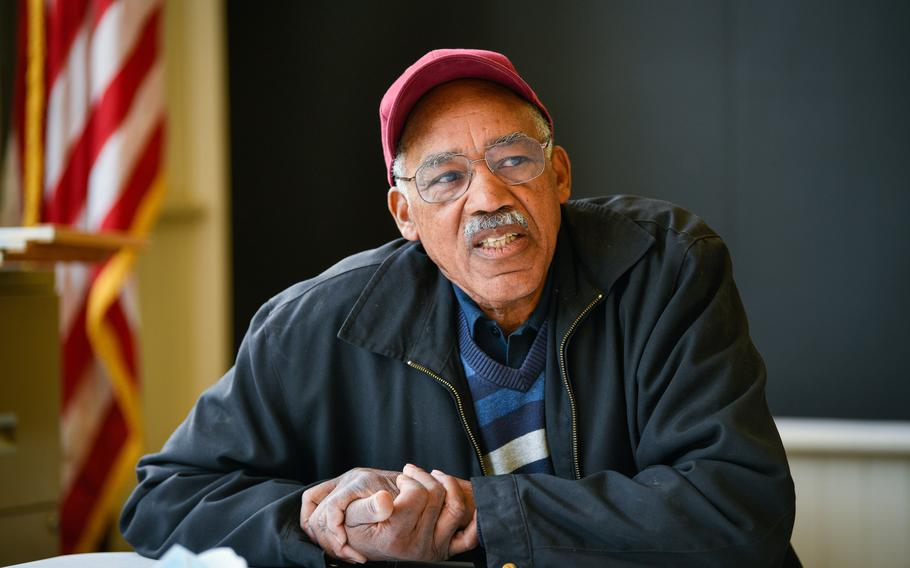
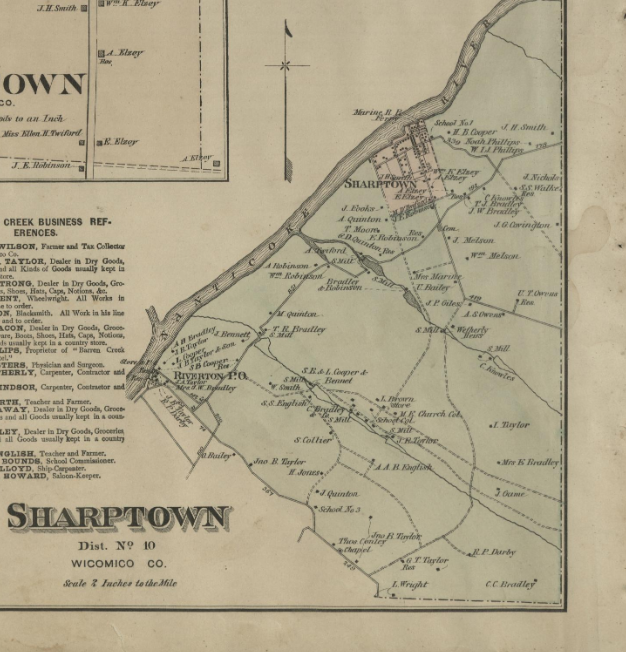
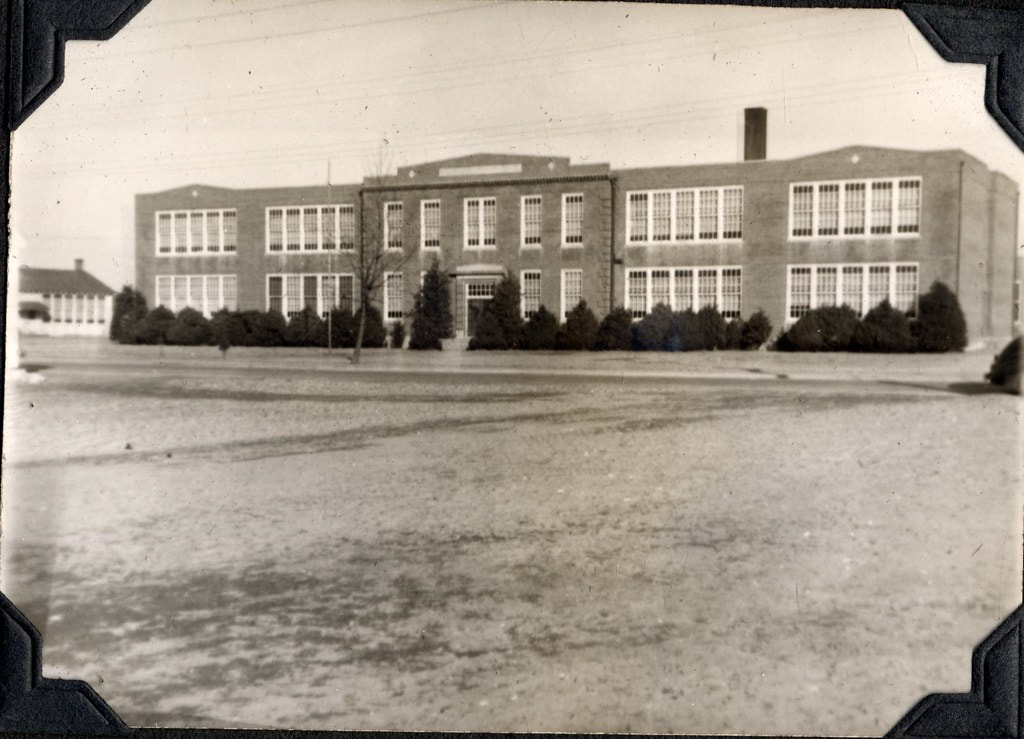
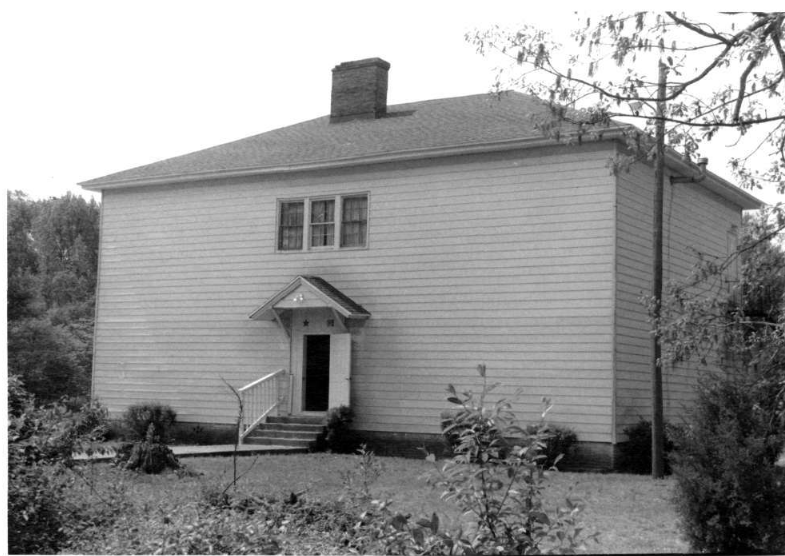
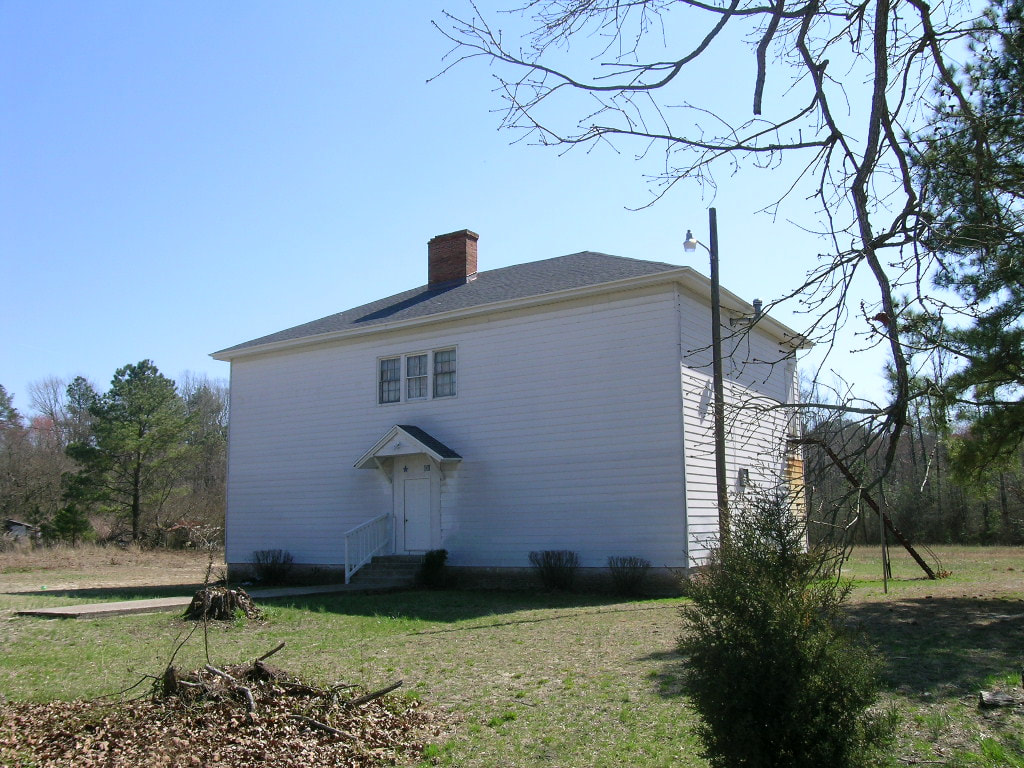
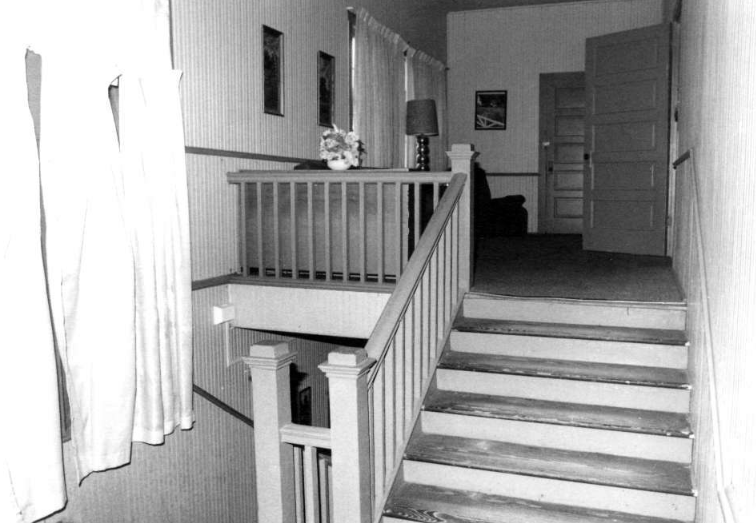

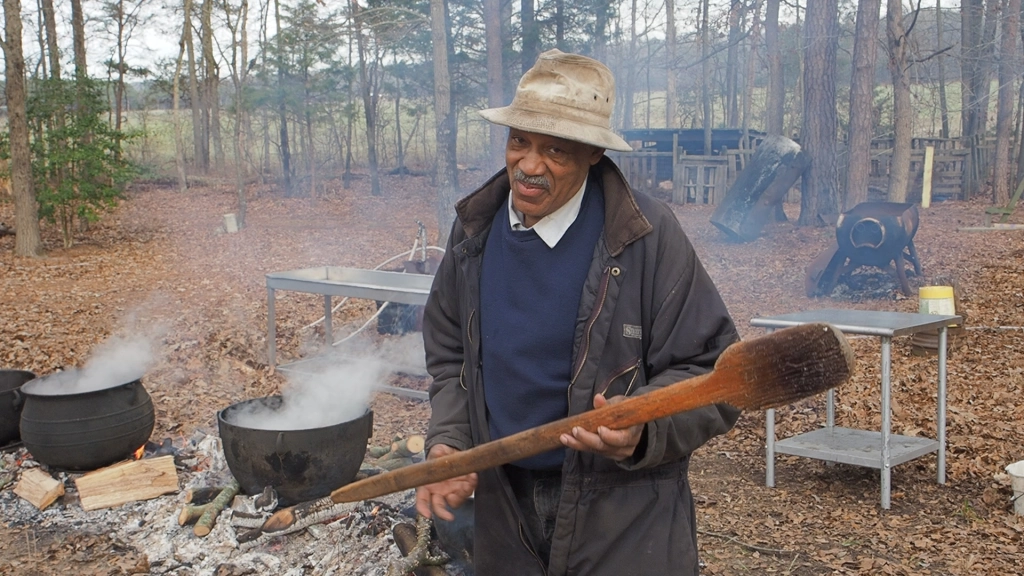
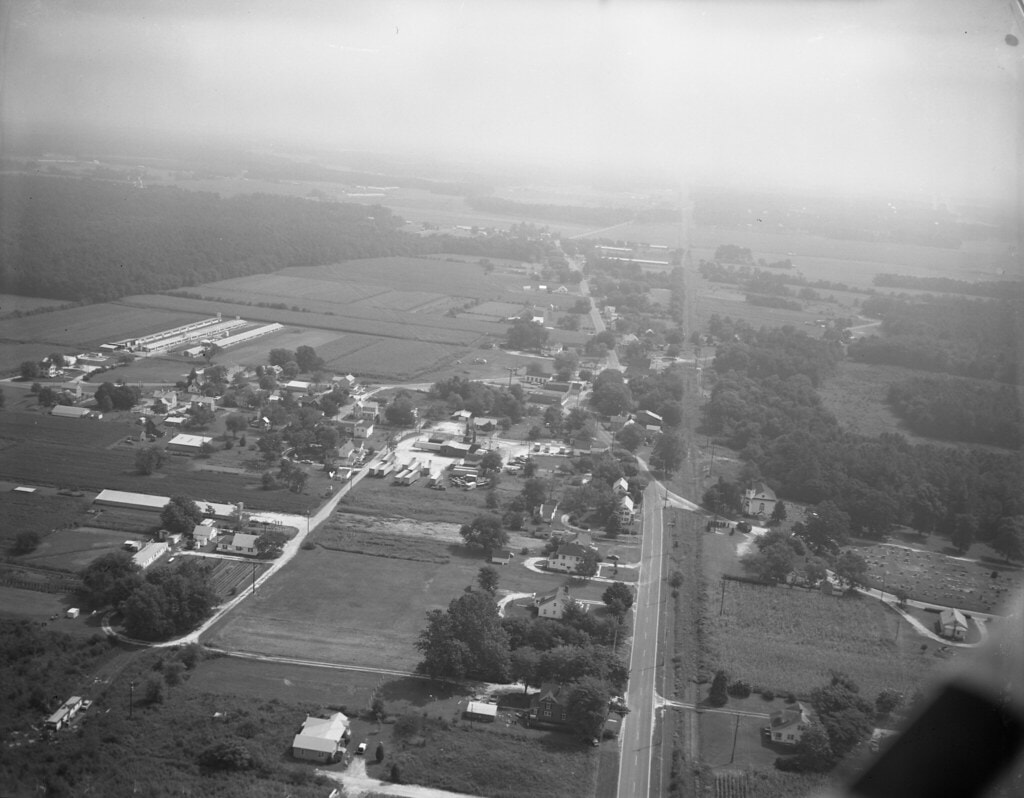
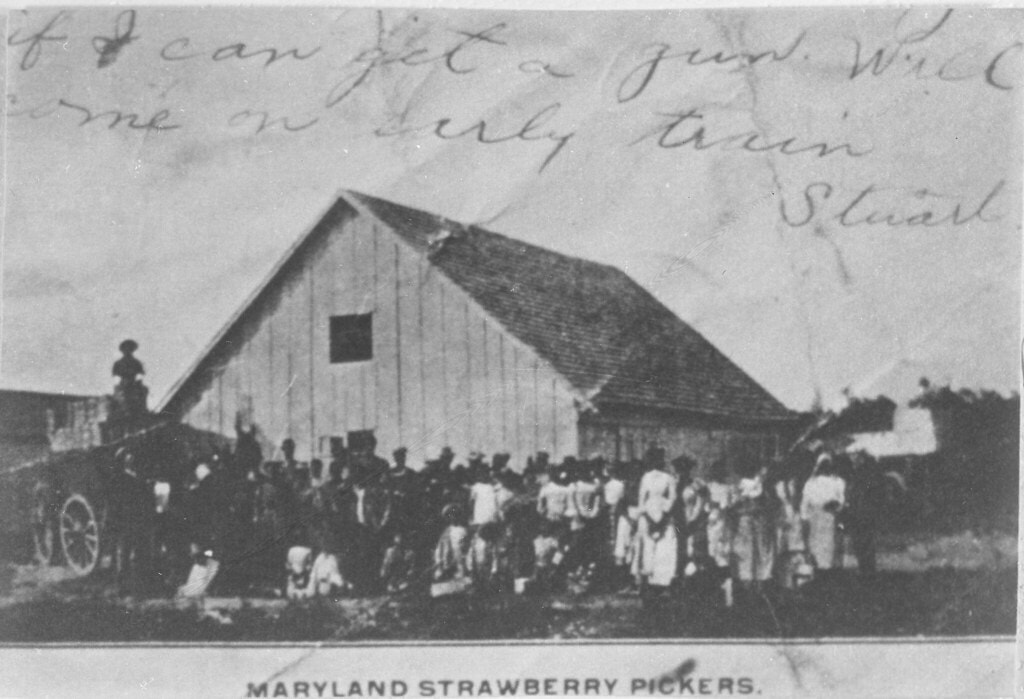
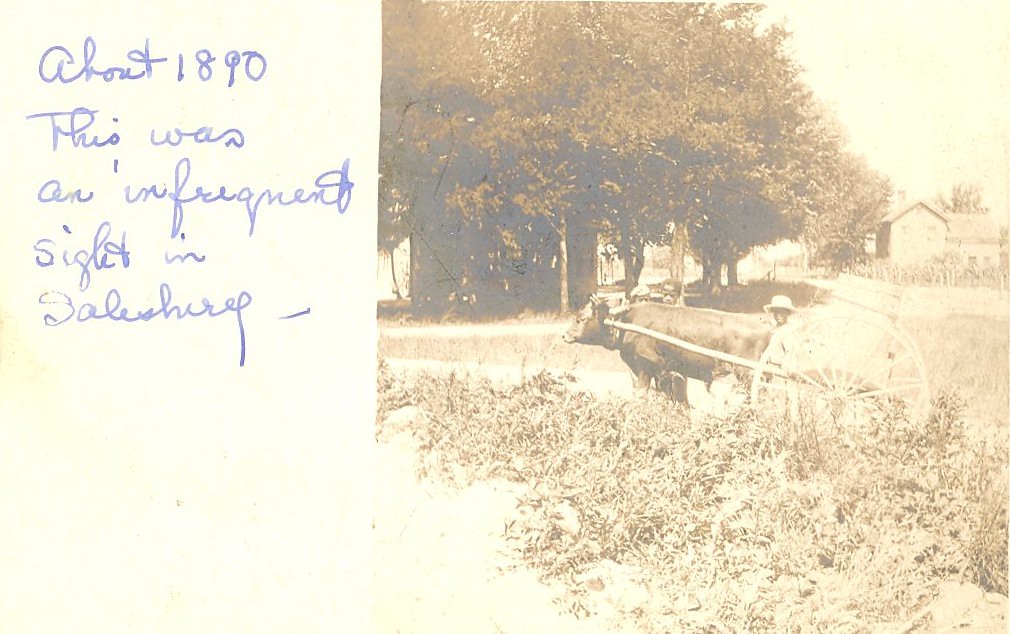
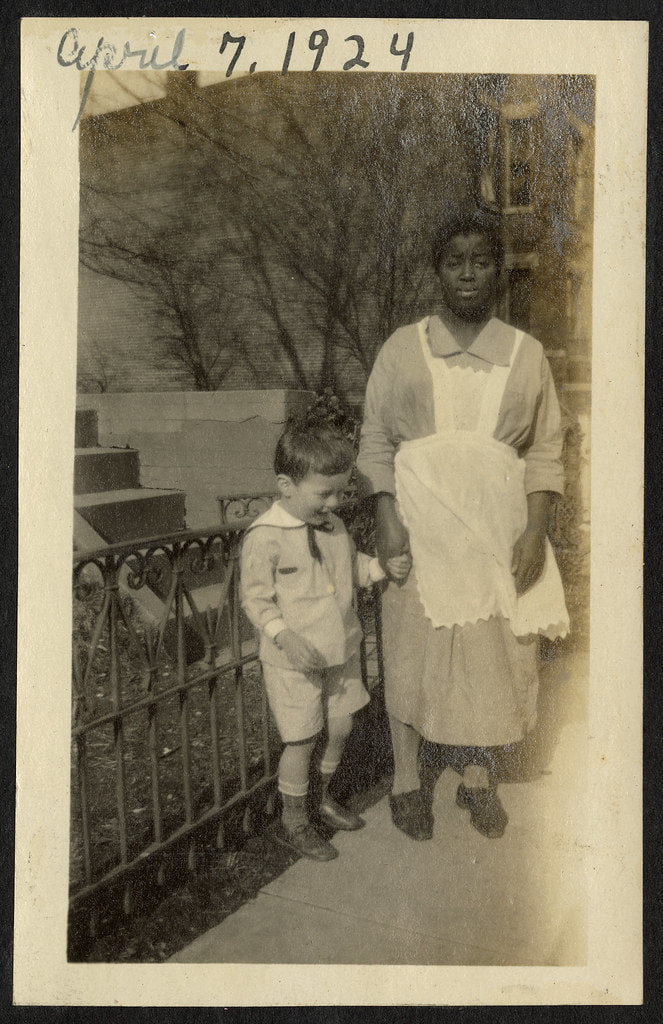
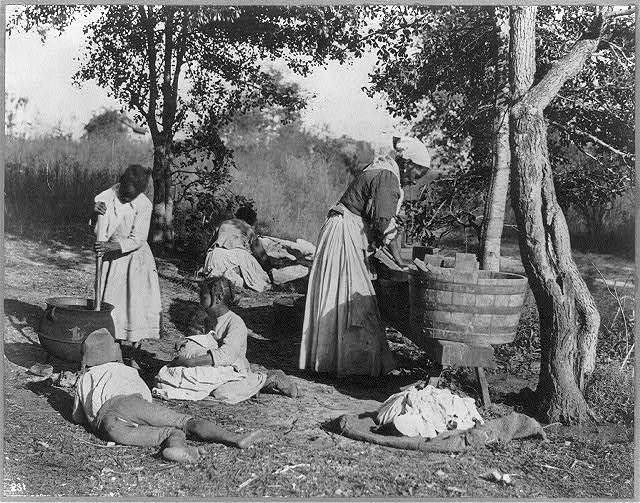
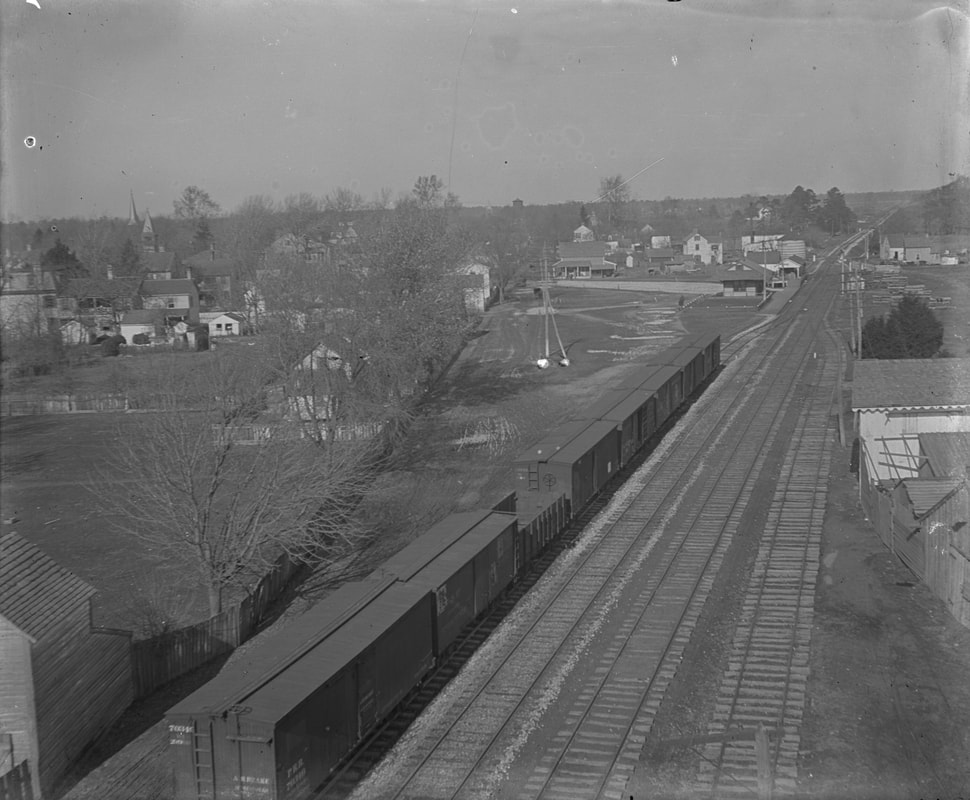
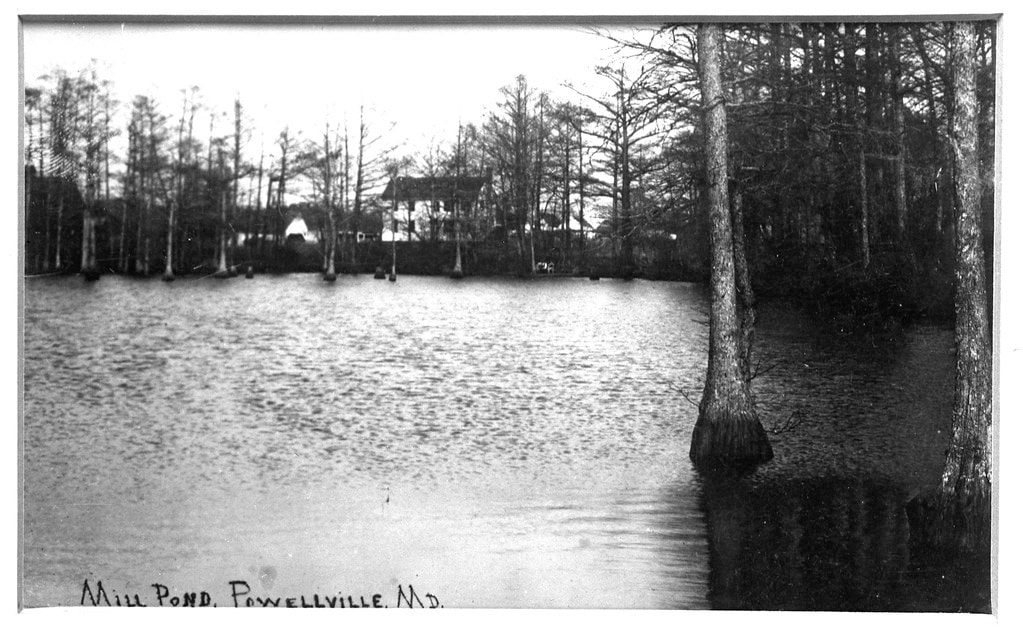
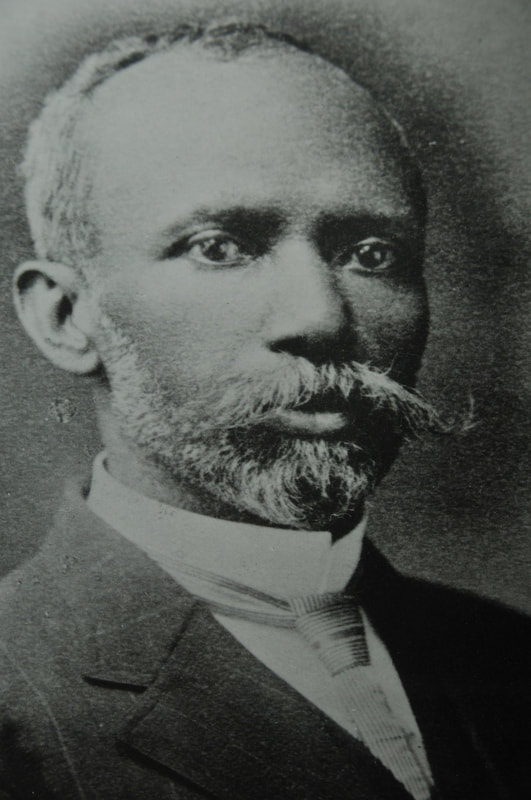
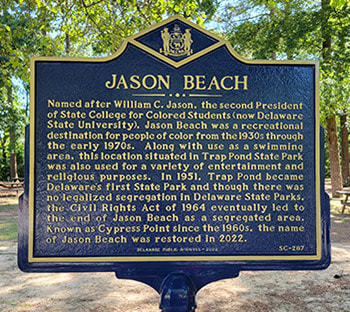
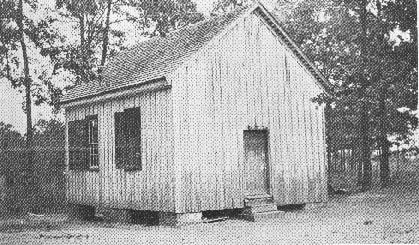
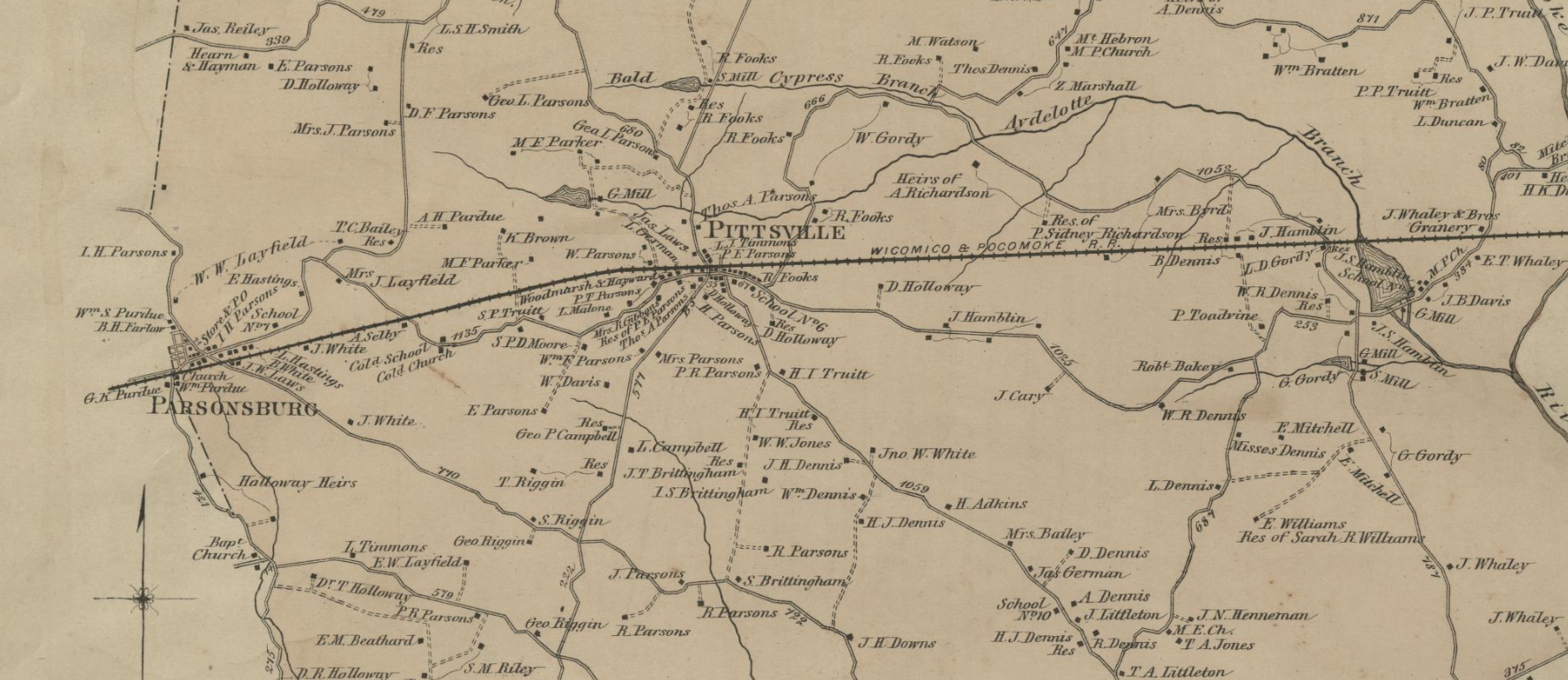
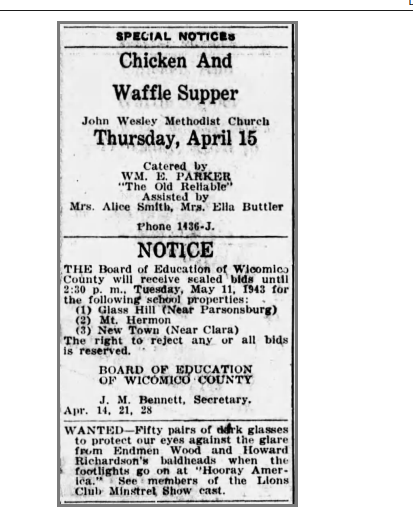
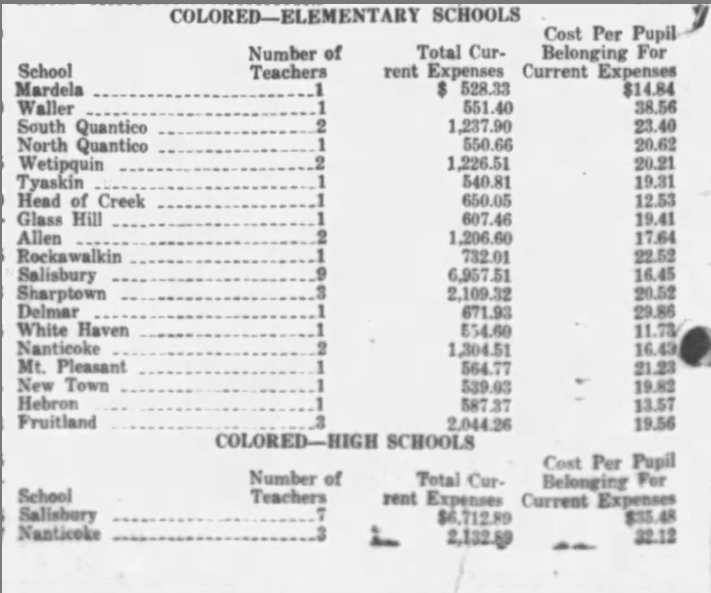
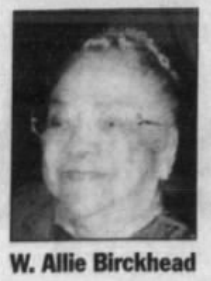
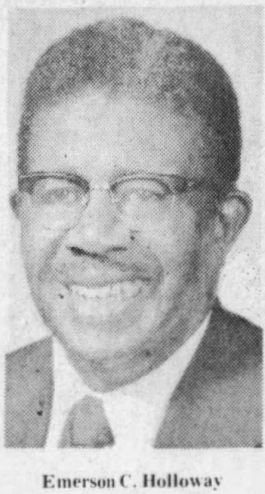

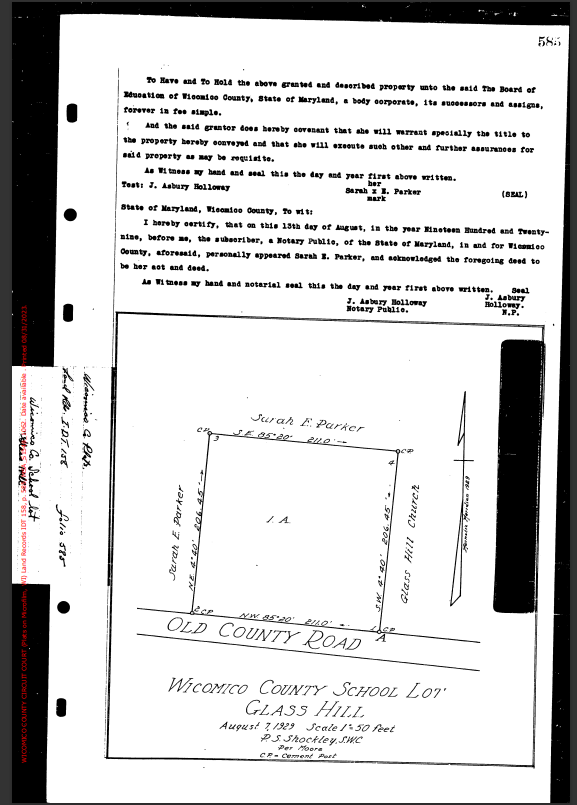
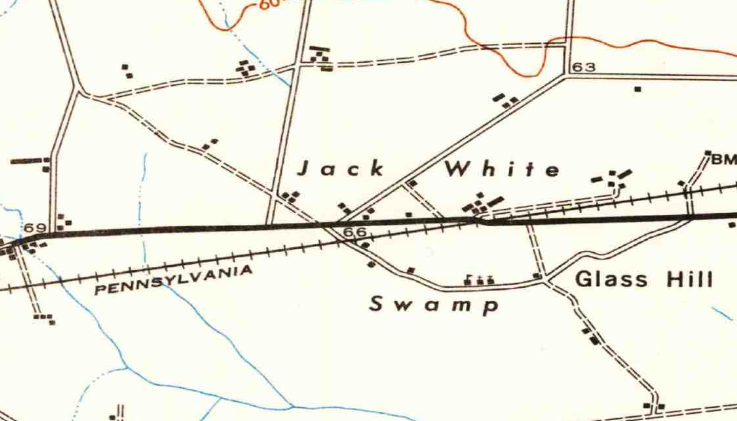
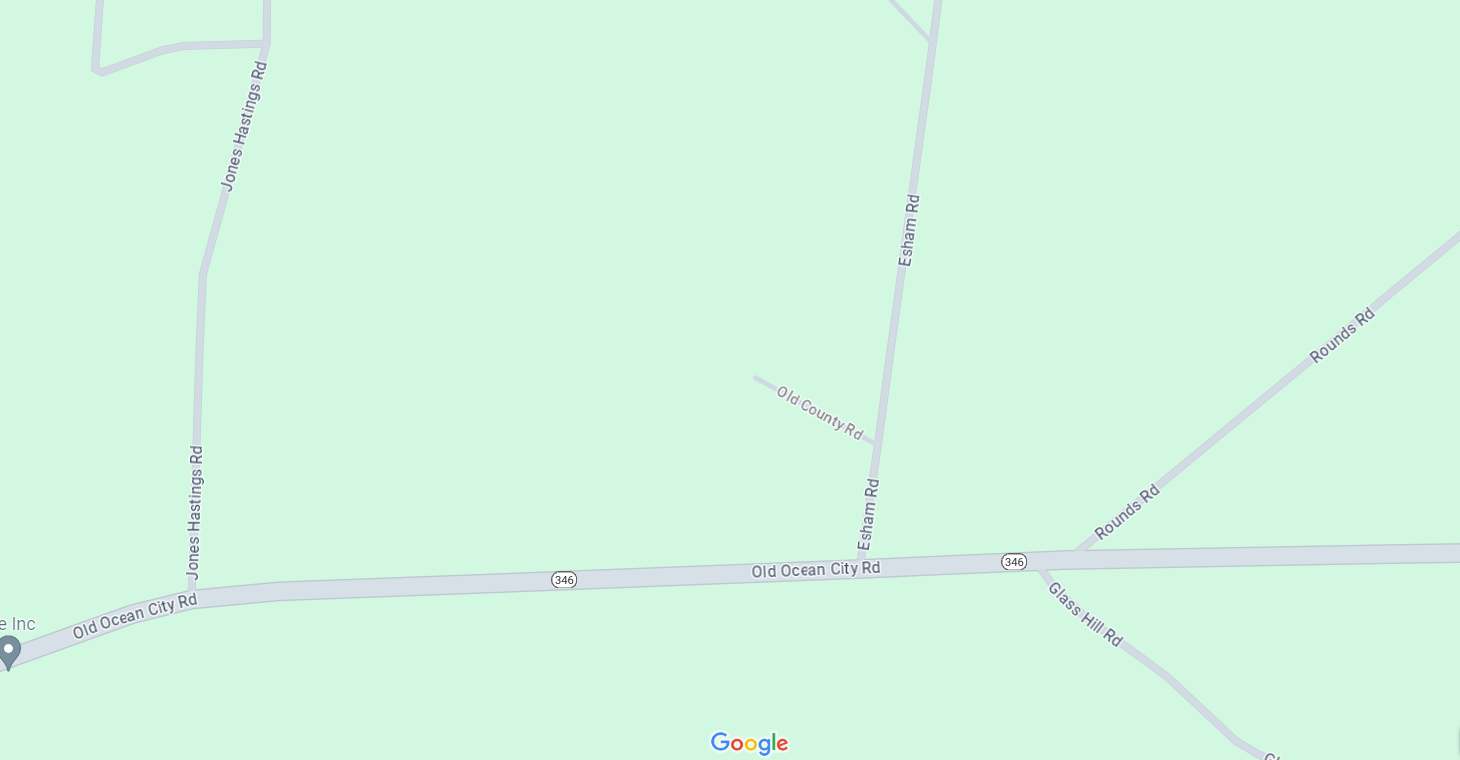
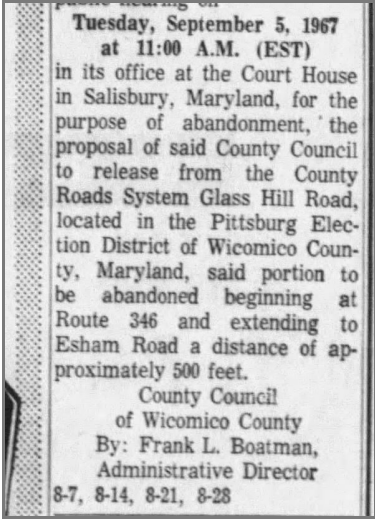
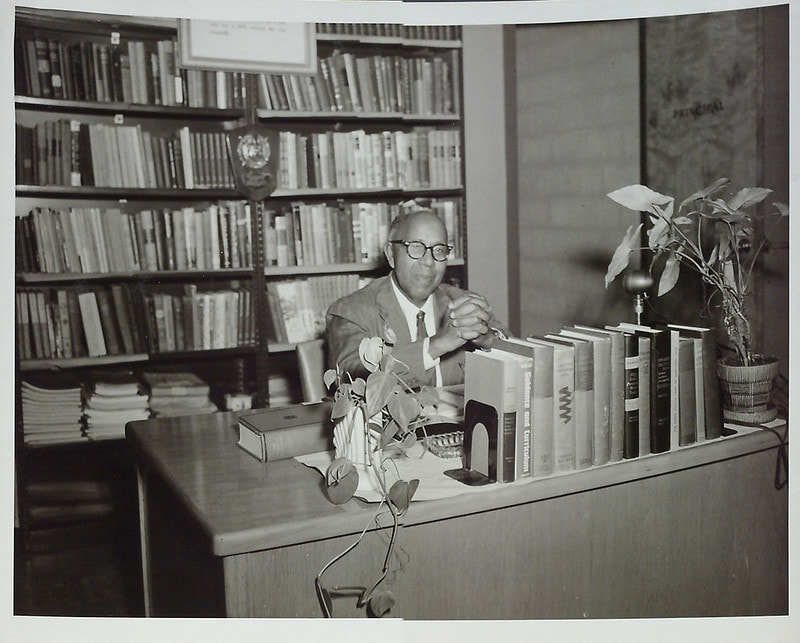
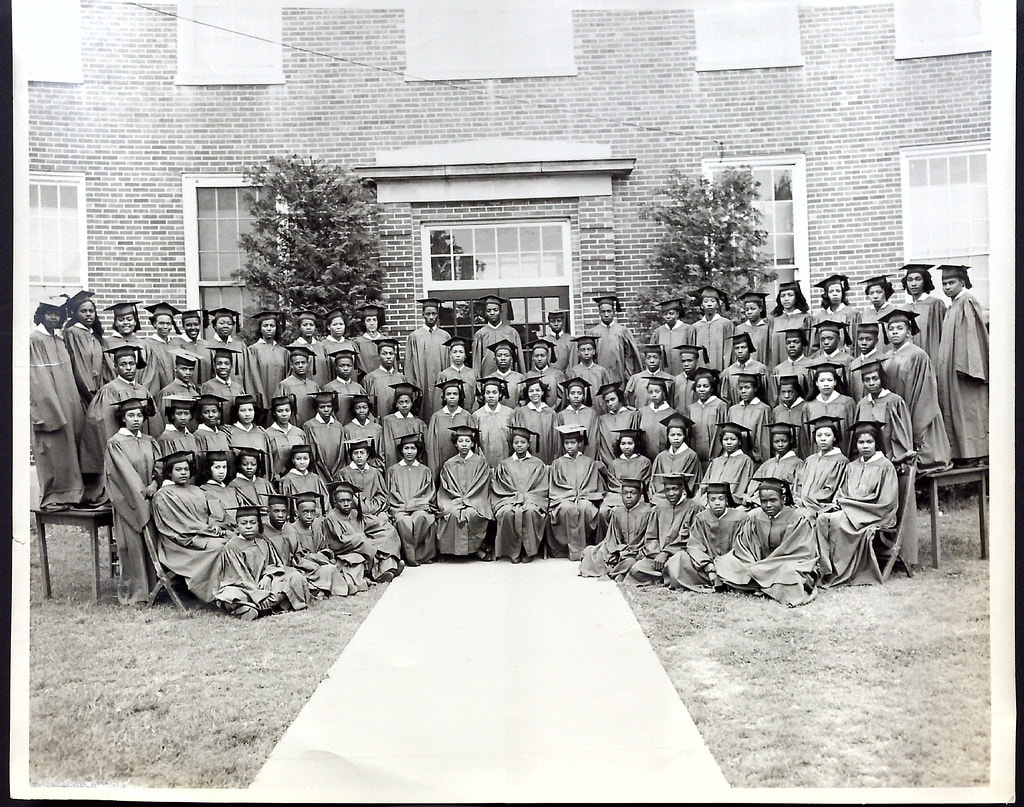
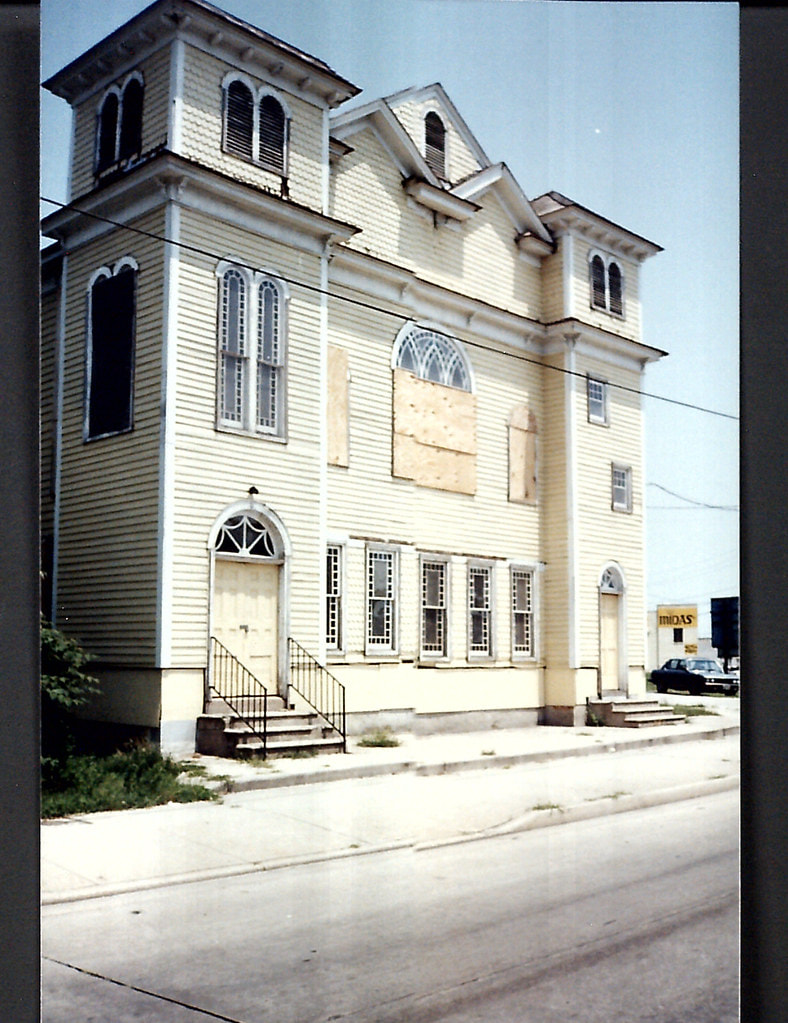
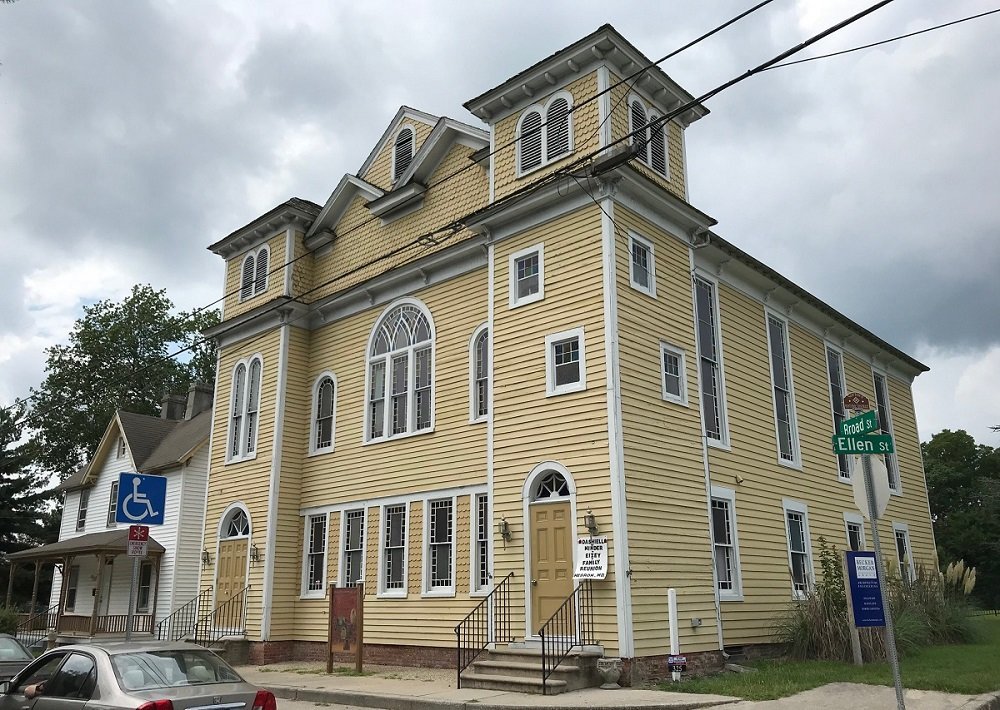
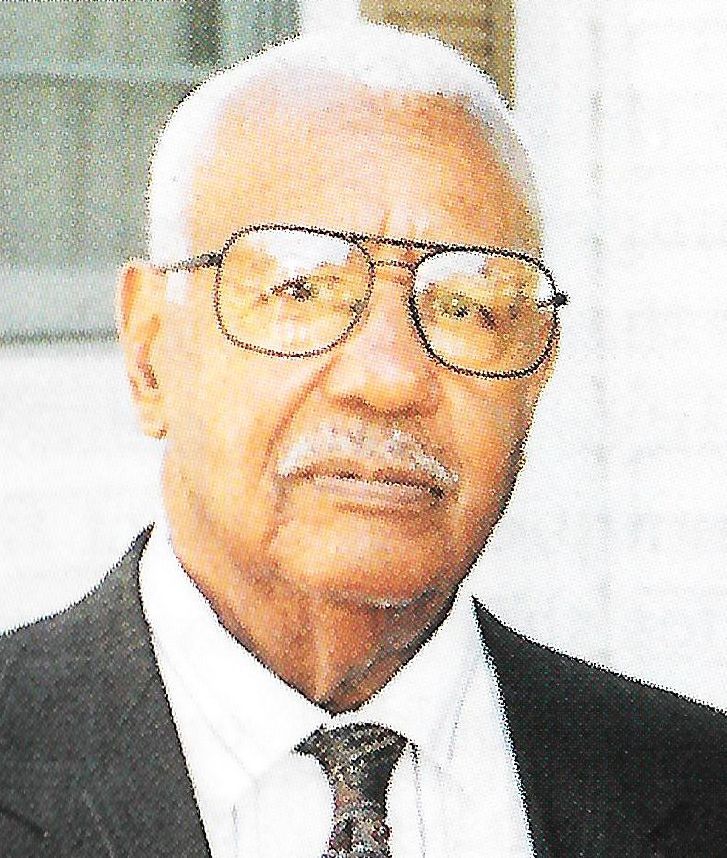
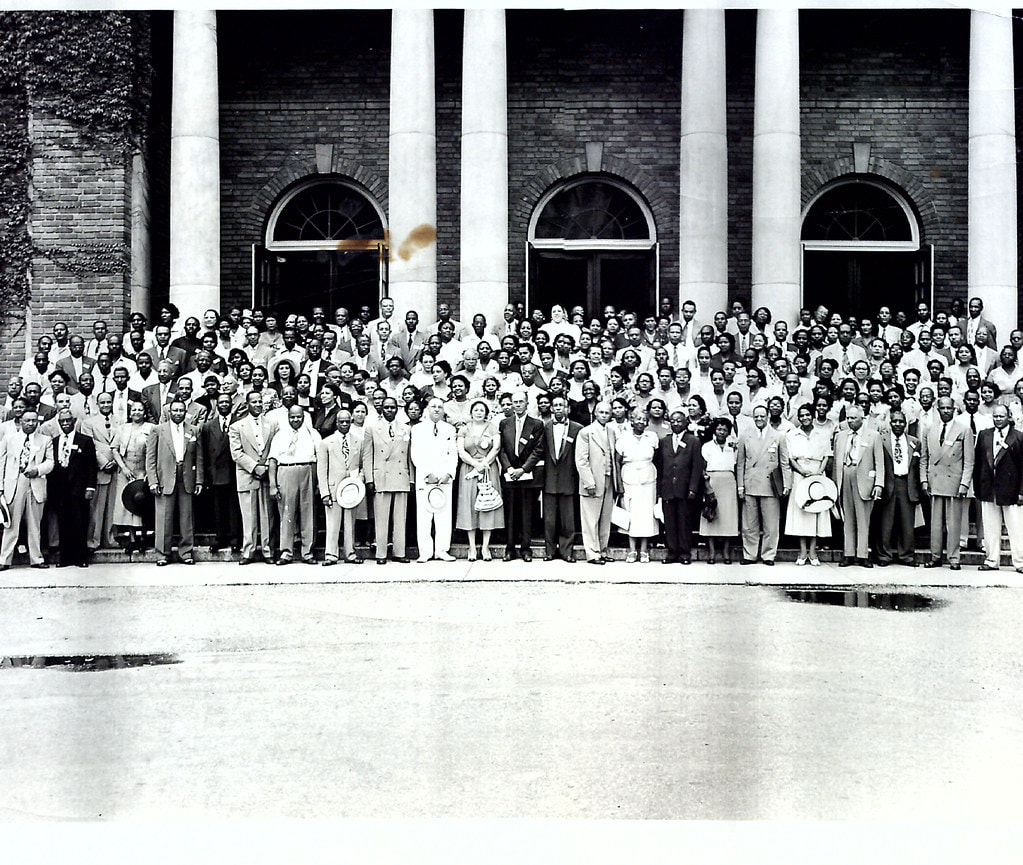
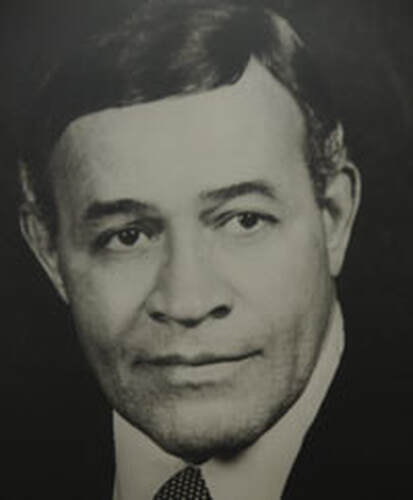
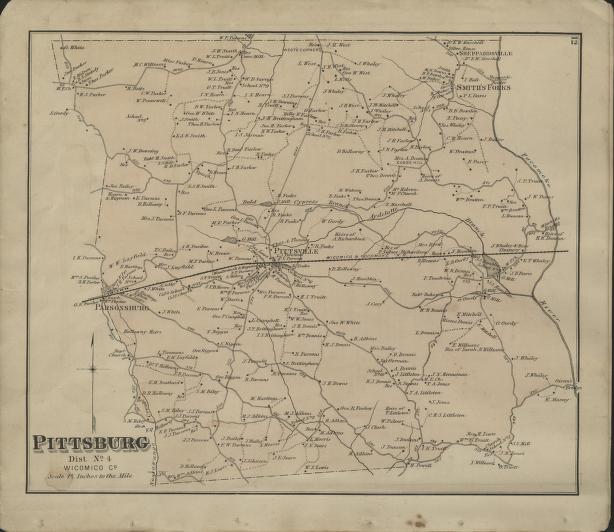
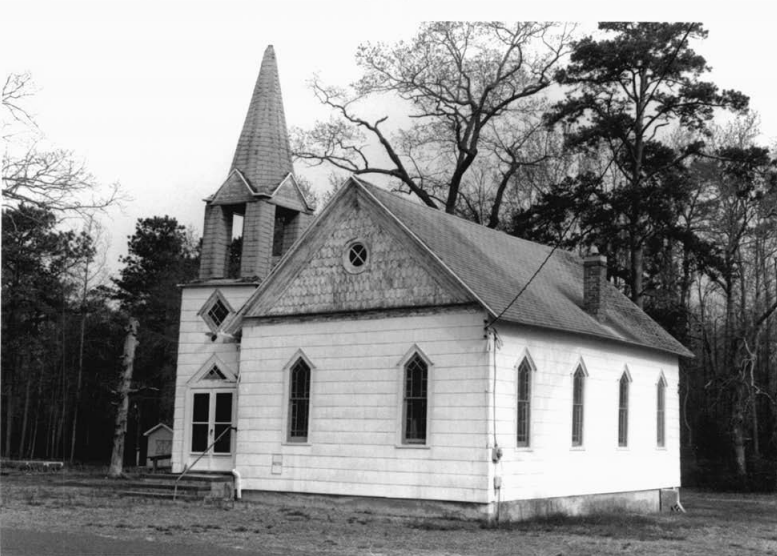
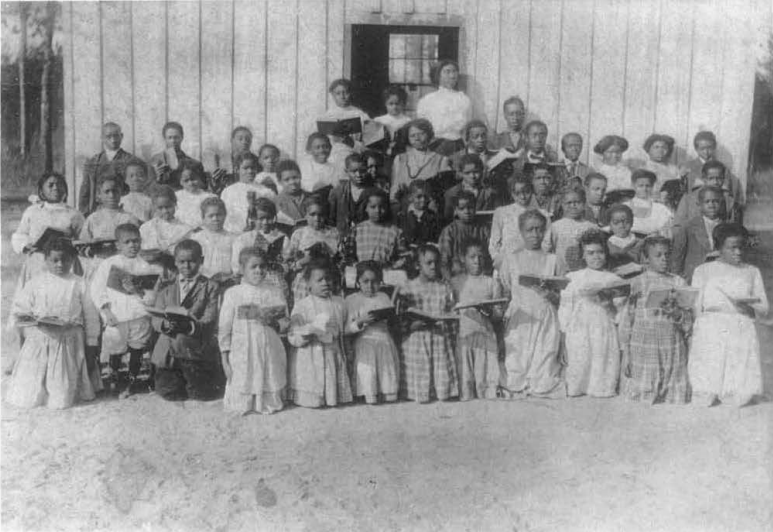
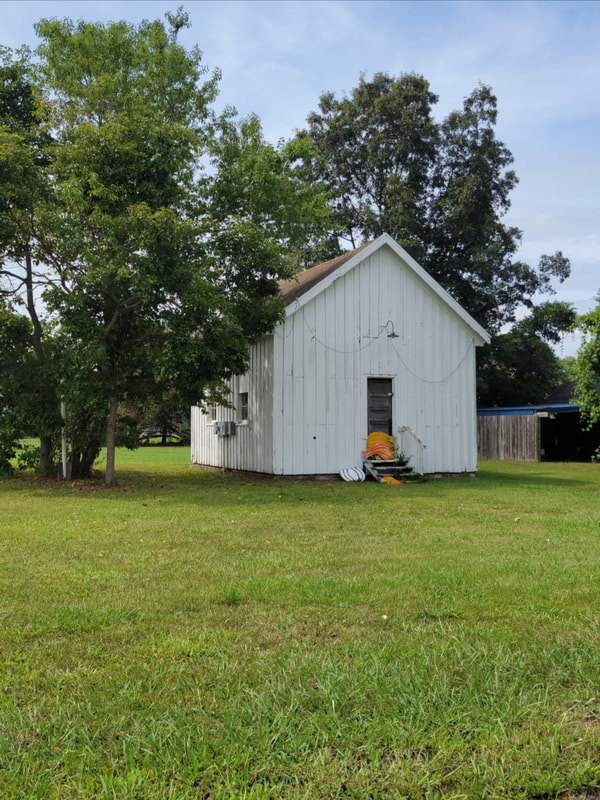
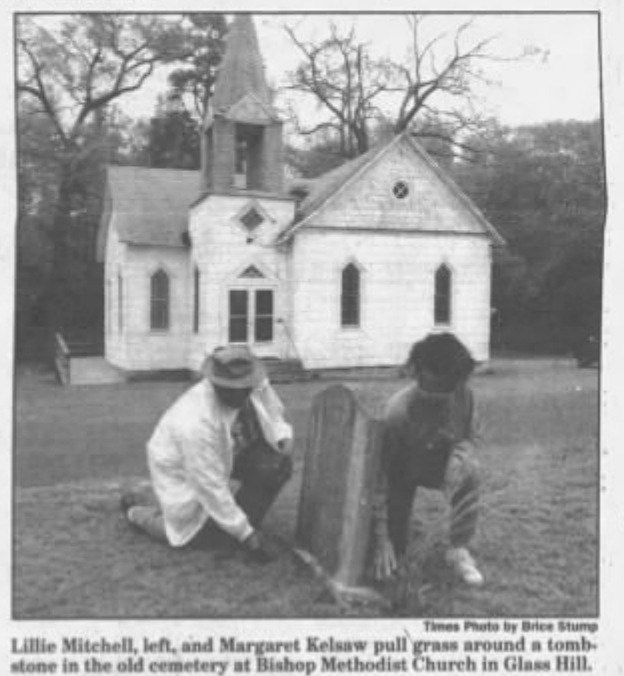
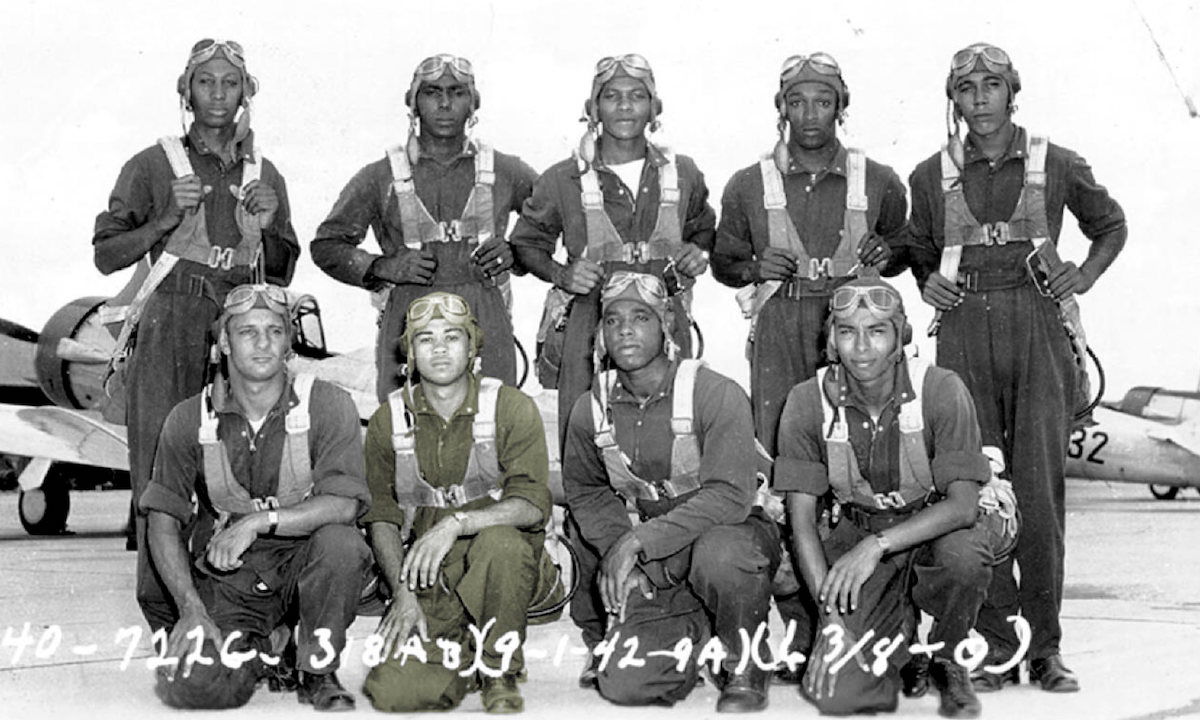
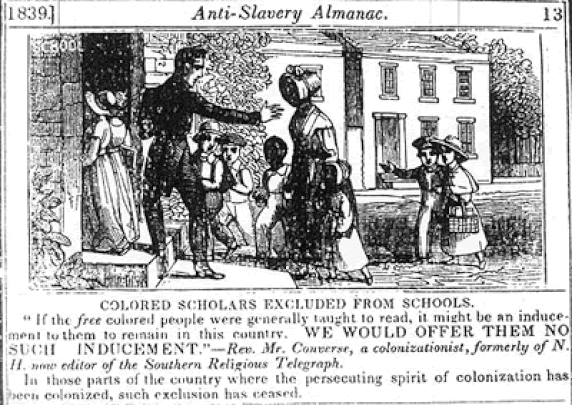
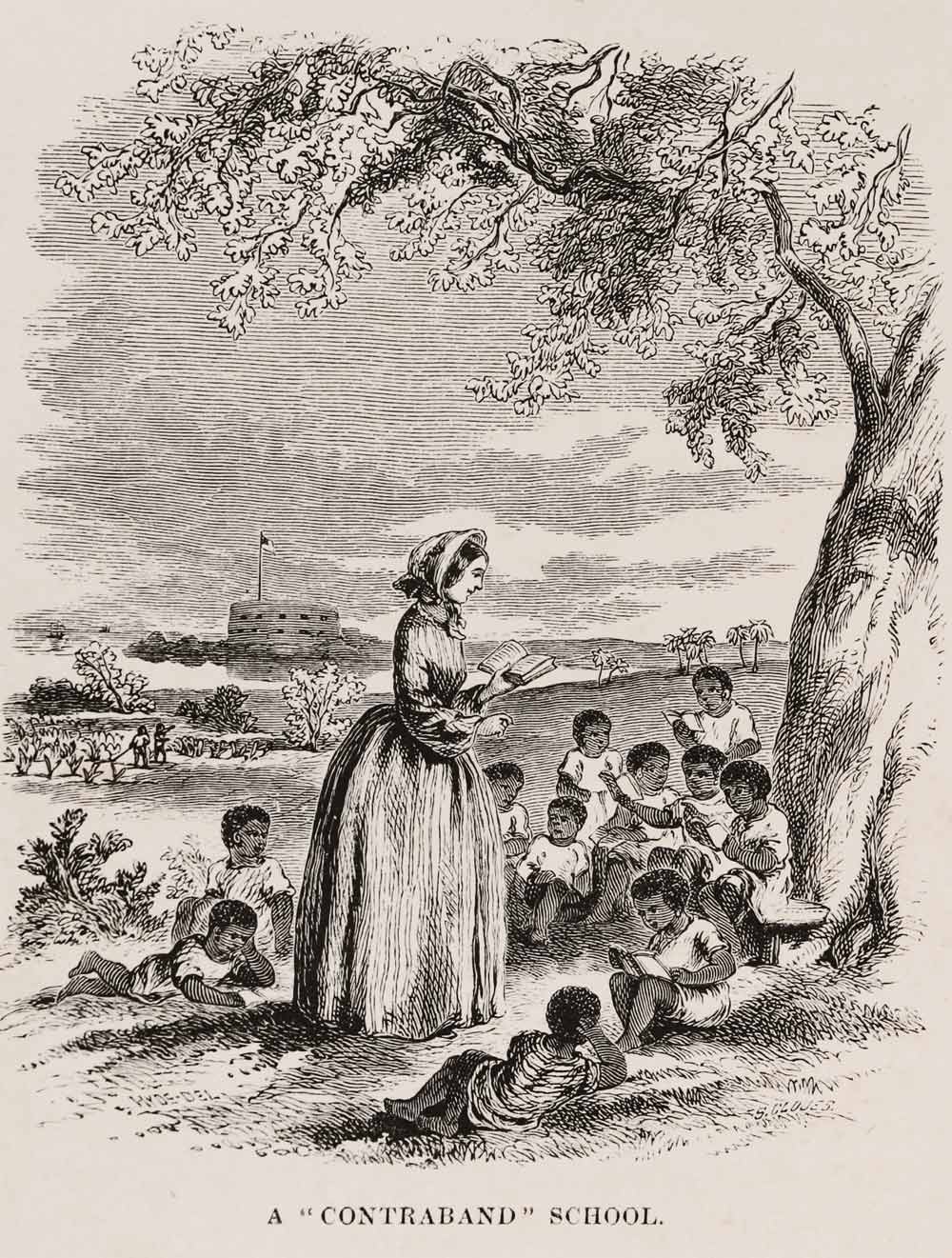
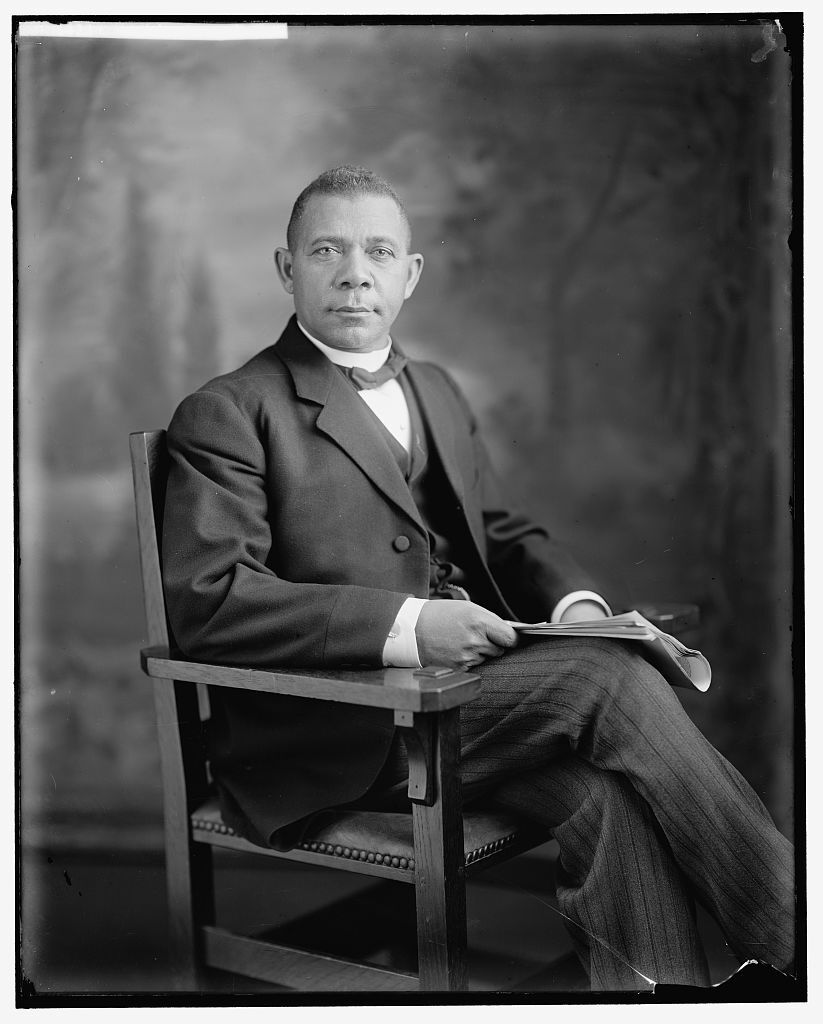
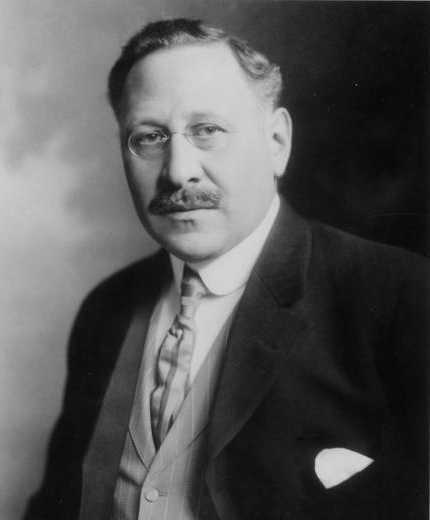
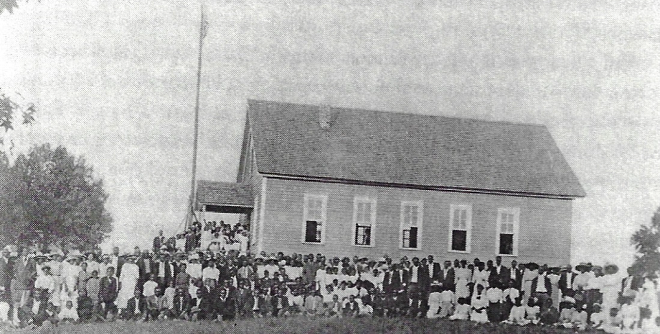
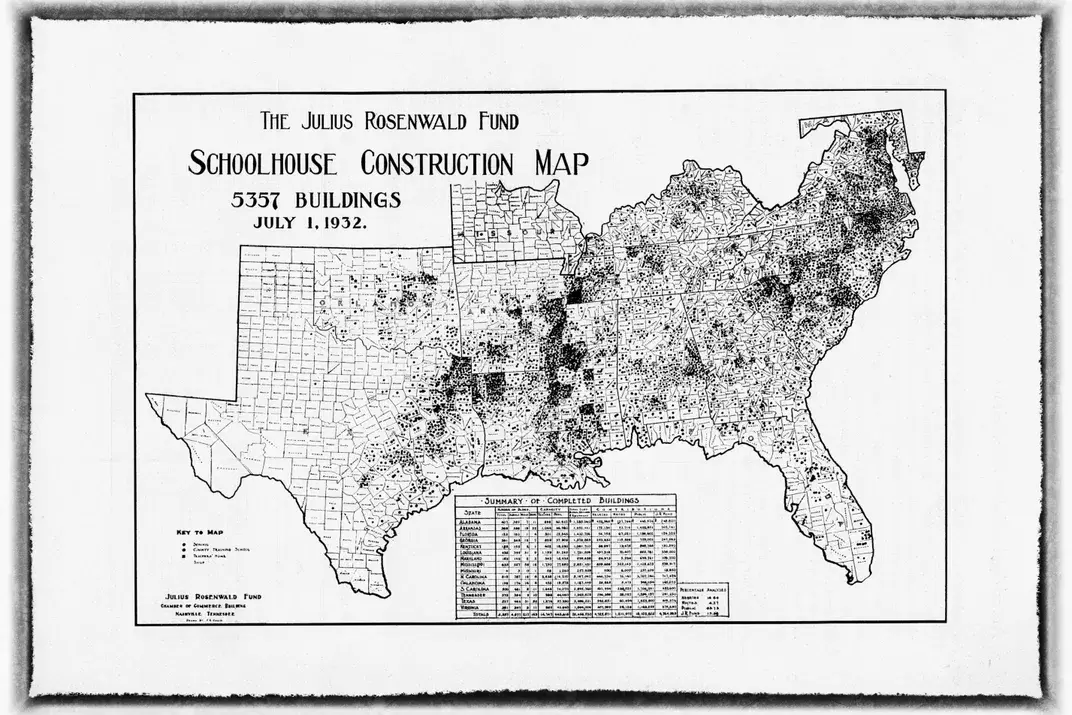
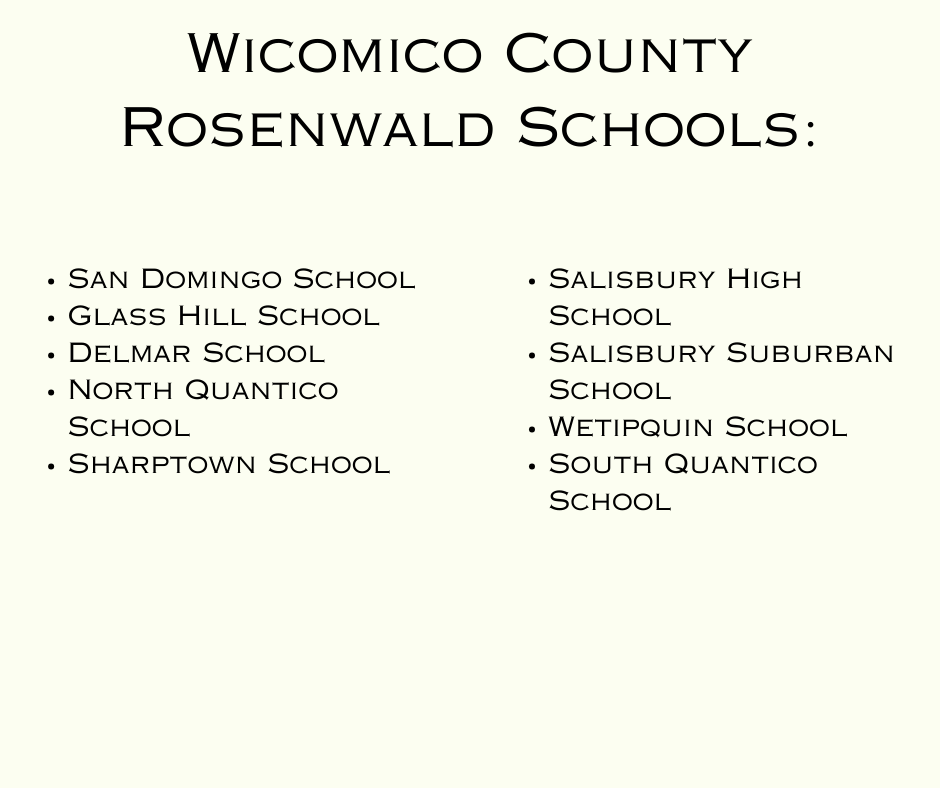
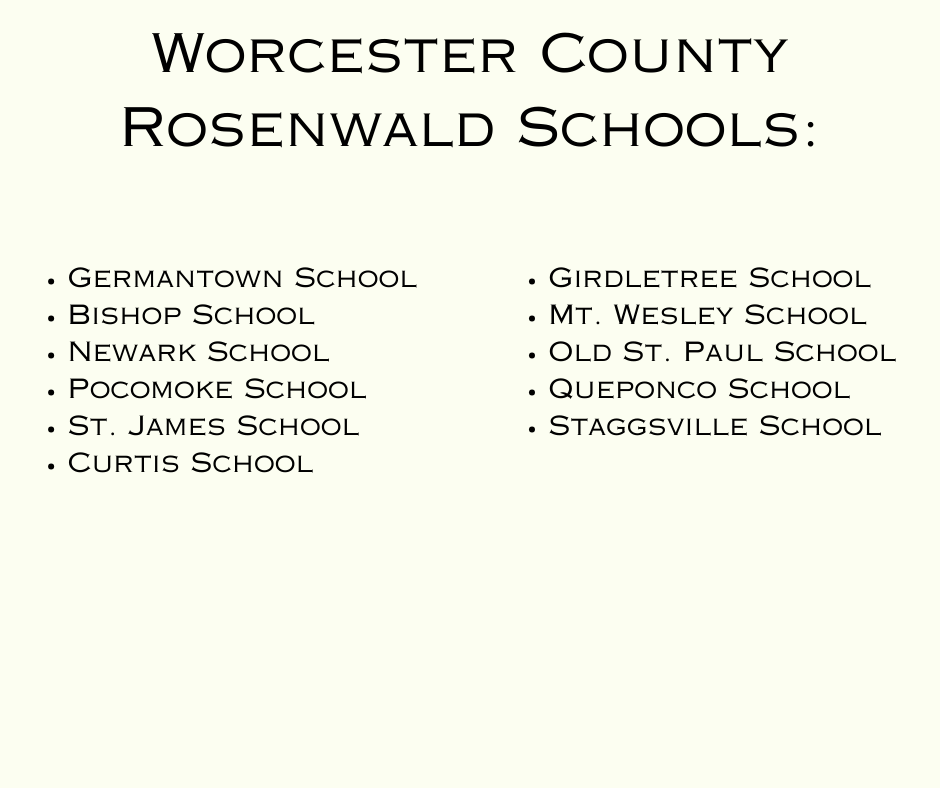

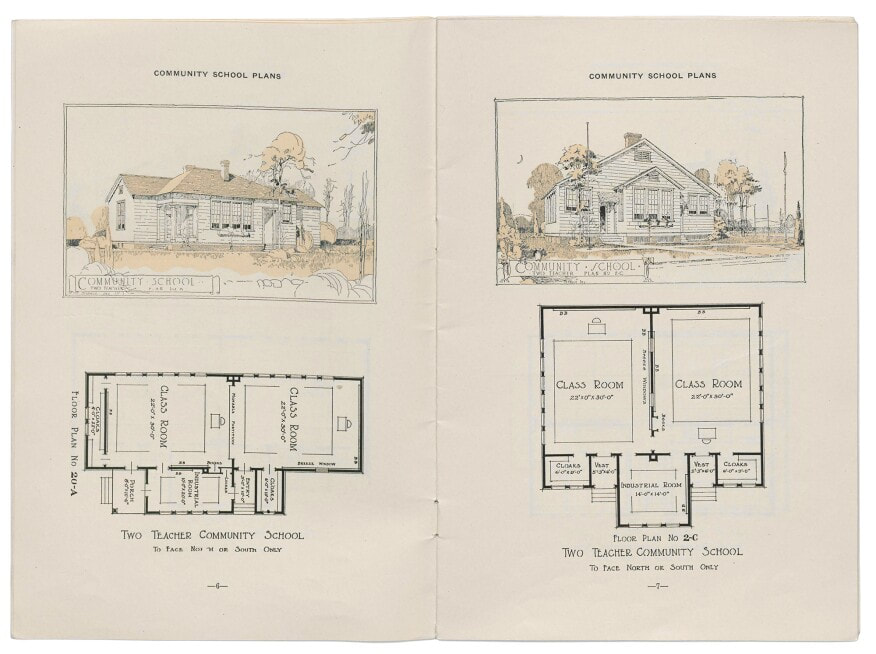
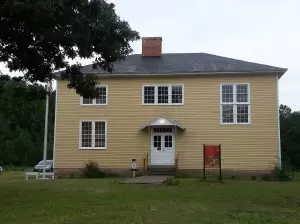
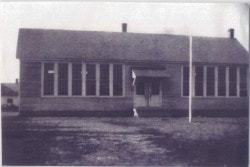
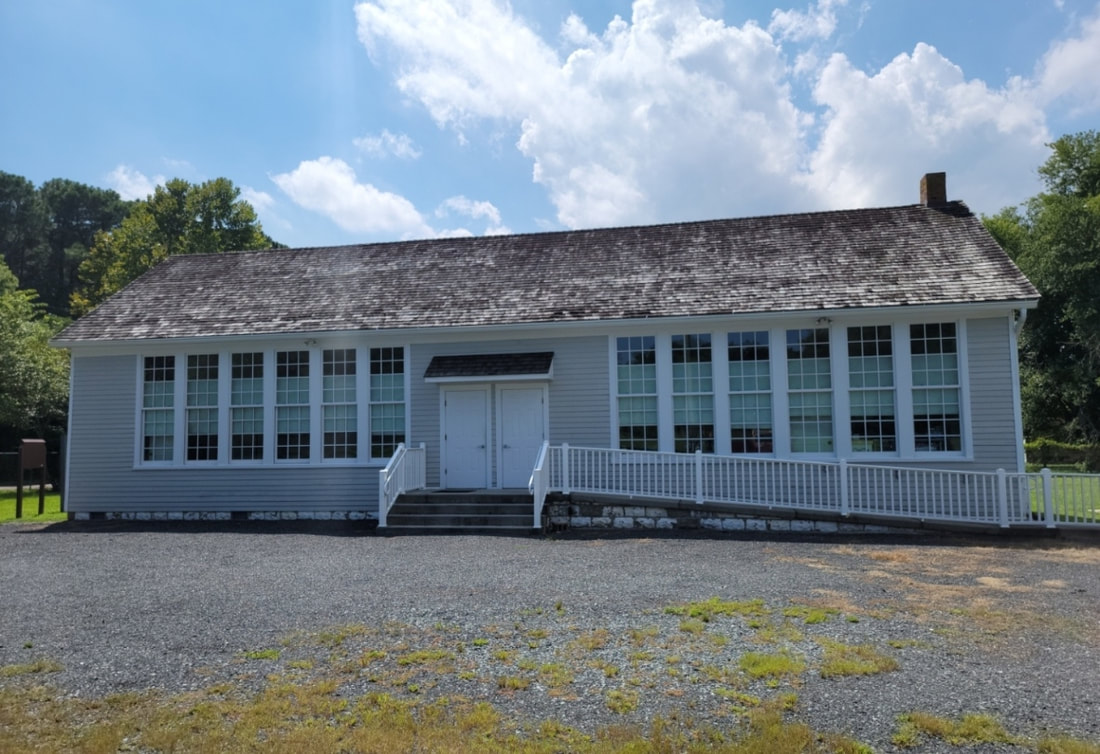
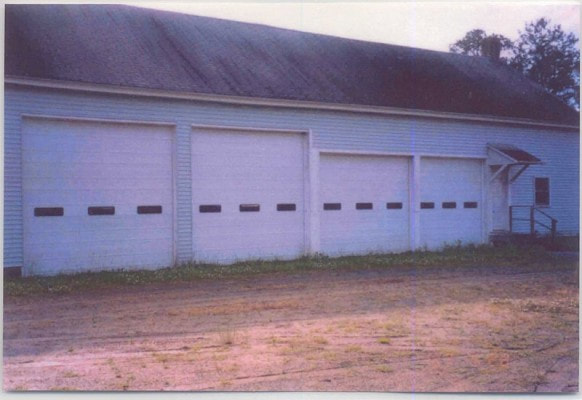
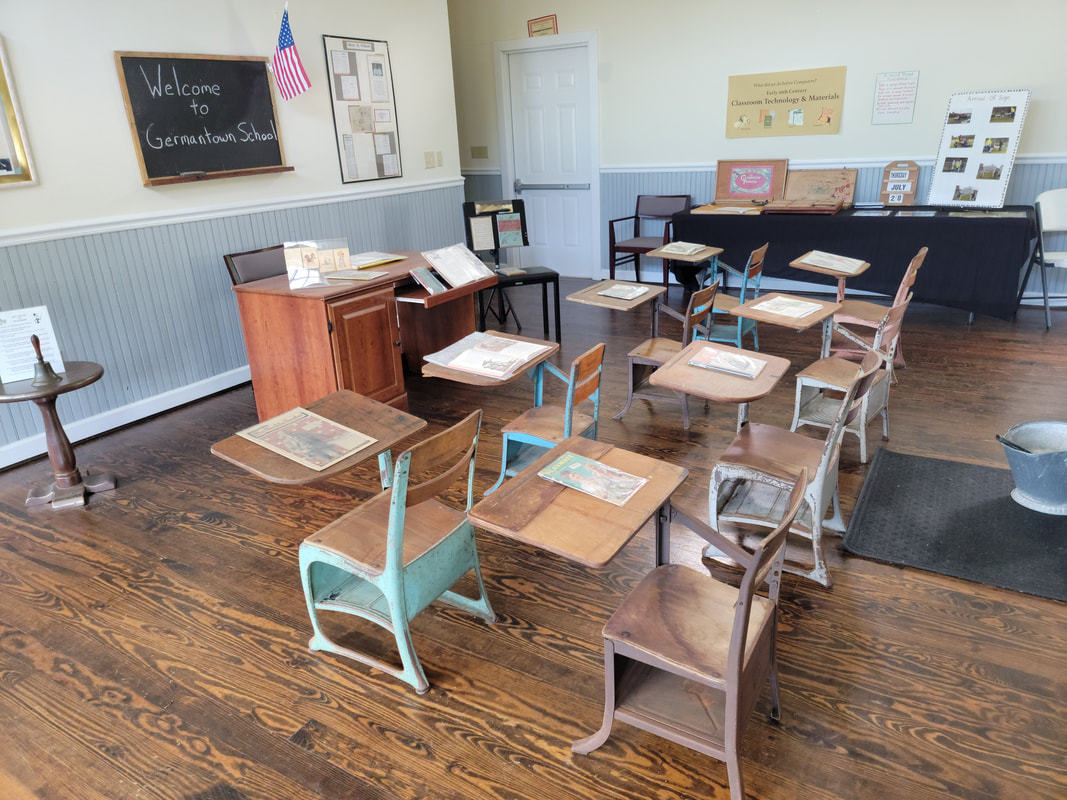
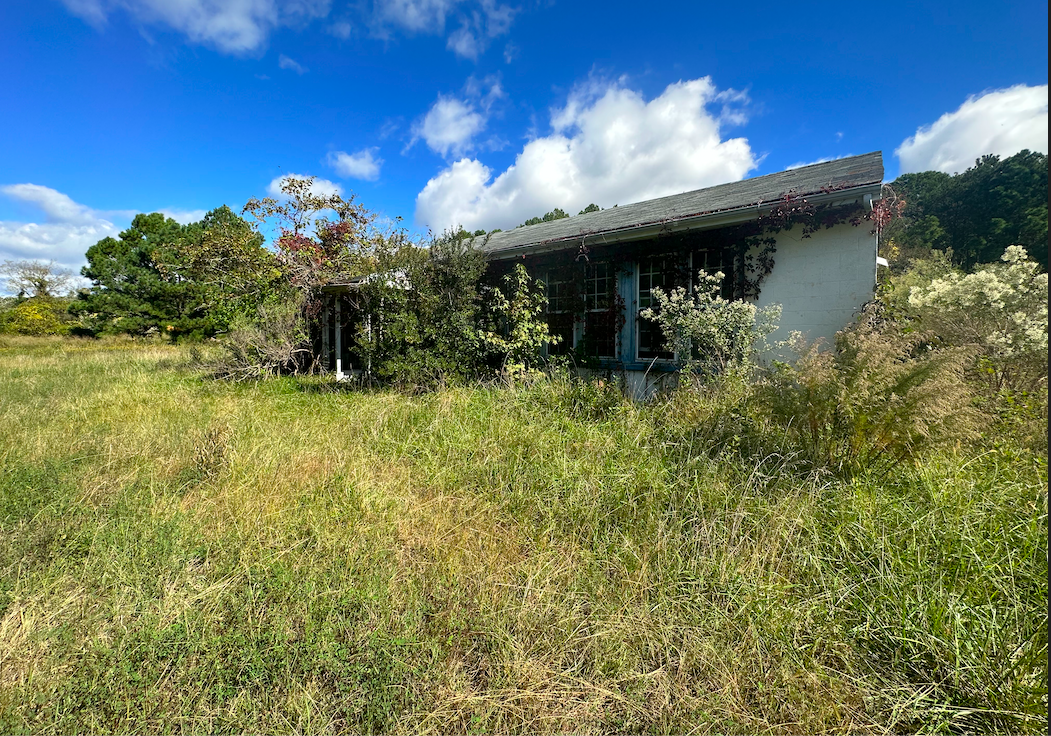
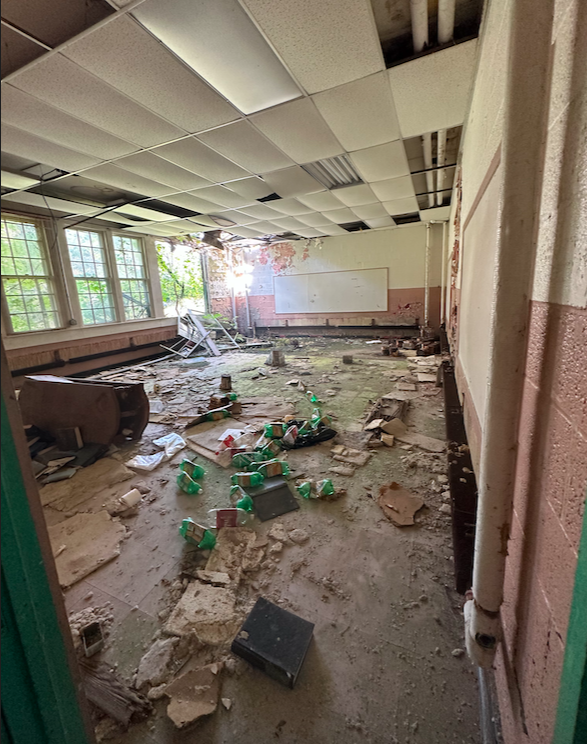
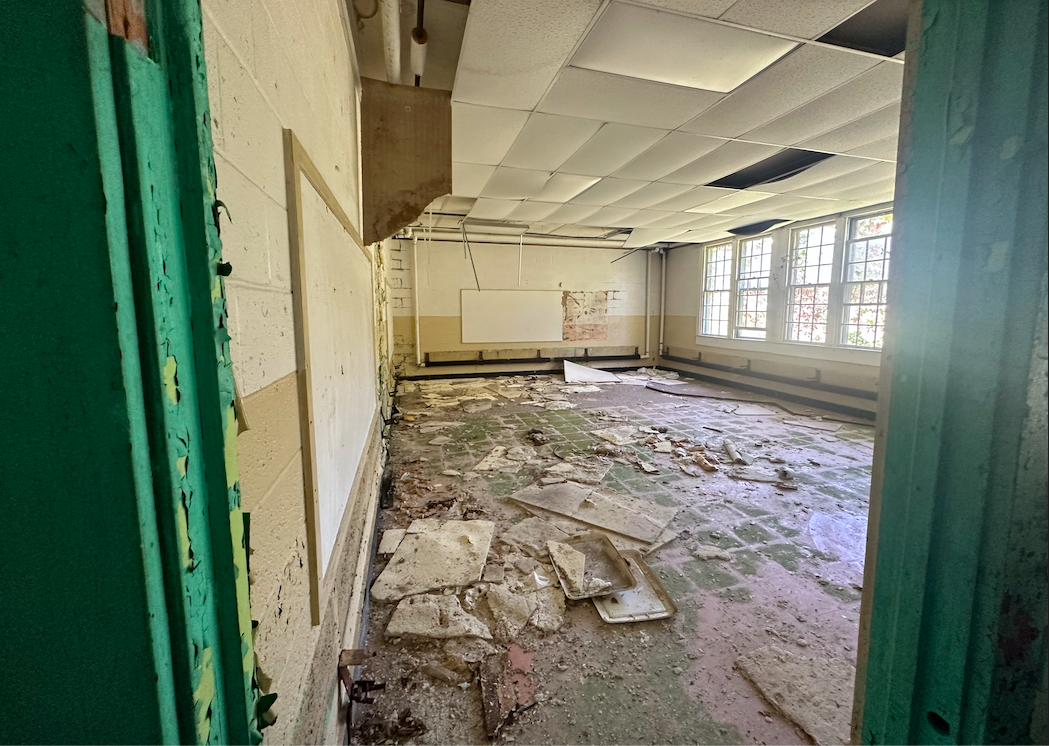
 RSS Feed
RSS Feed
